
The Ultimate Gin Guide: Everything You Need to Know!
WELCOME TO GIN
Attention young bar stars! It's time to focus on gin, the spirit that's all about one-upping vodka with an infusion of botanical flavors and a classy British accent. OK, that accent actually isn't necessary as gin can be made anywhere in the world, not just the U.K., but location isn't the most important defining factor of this liquor anyway — no, what you need to know first and foremost about gin is that it needs to be infused with the flavor of juniper. But despite that relatively simple way of categorizing gin, it's still a complex and ever-evolving liquor that you'll be using in a lot of your mixed drinks. https://giphy.com/embed/l0HlSkx2LZFaVoj9S Gin shows up in a ton of classic cocktails like the Gimlet, the Tom Collins, and yeah, the macabrely named Corpse Reviver, and is also versatile enough to be sipped neat. As Wikipedia notes, "Gin is one of the broadest categories of spirits, all of various origins, styles, and [flavor] profiles that revolve around juniper as a common ingredient." This is due in large part to that fact that its flavors are nuanced and often change significantly based on distillery, as well as the fact that producers are constantly tweaking botanical blends to explore new flavors. https://giphy.com/embed/3osxYfo1Y0NtKdYJi0 But don't let all of these gin peculiarities frighten you: in this Ultimate Gin Guide we'll be covering everything from the history of gin to how gin's made to how to drink gin, and we'll make sure that by the time you're done reading this basic tutorial, you'll know everything you need to to not only pass as a gin expert, but also to have fun experimenting with this spirit's never-ending flavor spectrum. So sit back, grab yourself a Negroni, and prepare to learn more about gin than you ever have before.WHAT IS GIN?
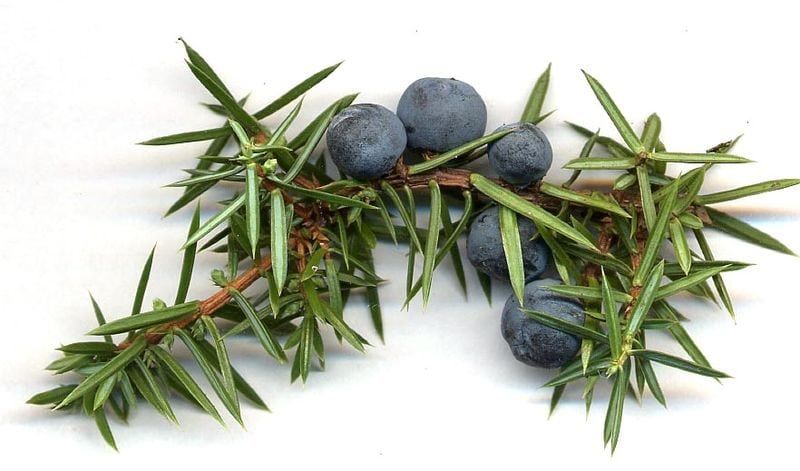
A BRIEF GIN HISTORY
OK, now that we know what gin is, let's jump into this endlessly malleable spirit's past. There's obviously an enormous amount of information to go over if you want a thorough history of gin, but for all intents and purposes, you'll just need to know the following broad strokes. As an amateur bartender, if you have this brief history down pat, you'll be able to impress anybody you're making drinks for, whether they be friends or bar patrons. IT'S PRONOUNCED JEN-uh-ver (THE SPIRIT THAT PRECEDED GIN) The beginning of the gin story starts with a distilled malt wine known as jenever, or genever, which was created in the Netherlands in the 13th century. As Wikipedia notes, "The earliest known written reference to genever appears in the 13th century encyclopaedic work Der Naturen Bloeme...." This drink wasn't exactly something you'd want to order at a bar, however; it was 50% ABV and was usually used as a medication to ameliorate gout, gallstones, and kidney ailments (sounds like the perfect celebratory drink, right?!). Because of the super-harsh taste of this liquor/gout remedy, producers began to infuse it with herbs and spices, including juniper berries, which were thought to also have medicinal properties.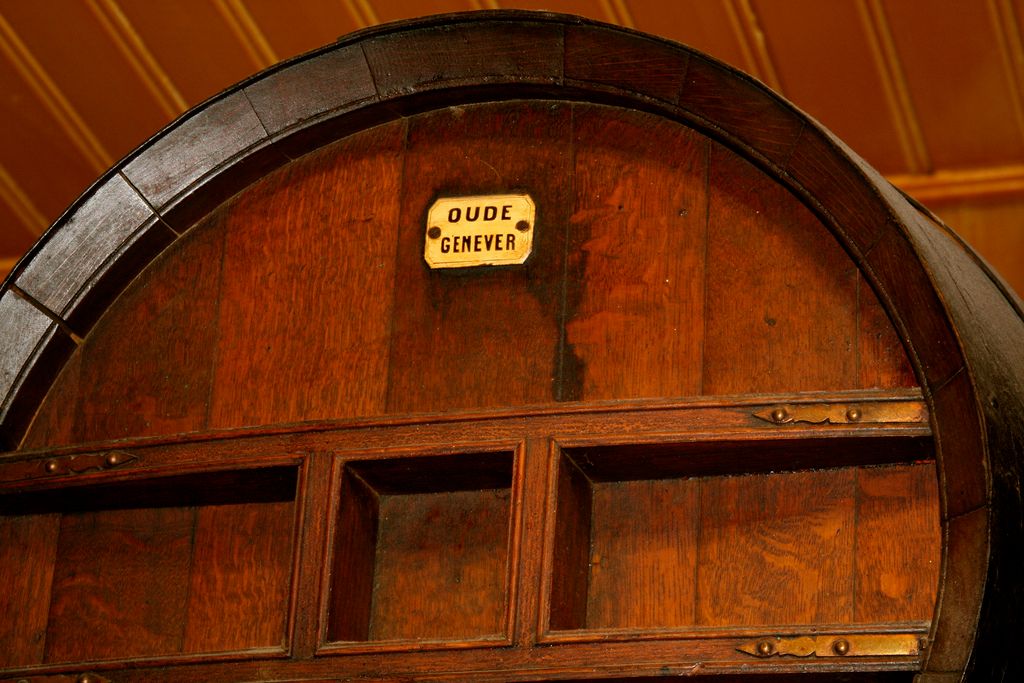
A Dutch Genever barrel. Image: Flickr / cheeseslave
Jump forward to the Netherlands in the 1600s, and that's when you get a real explosion in the popularity of gin (it wasn't called "gin" quite yet, but it was distilled alcohol infused with juniper flavors, so it was the real deal regardless). During this century the Dutch started erecting tons of distilleries to produce the botanical spirit, with hundreds of them built in Amsterdam alone. But it wasn't only the Dutch who were starting to realize this botanical spirit's potential at this point — the British were having their own little awakening to the world of gin, and it was thanks to blood and battle. THE ENGLISH DISCOVER GIN DURING THE 80 YEARS' WAR While the Dutch may have been responsible for inventing gin, it was the British who, in the late 16th and early 17th centuries, really began to go HAM on it. This happened because British soldiers flooded into the Netherlands during the 80 Years' War, which saw seventeen Northern European provinces (today considered to be the regions encompassing the Netherlands, Belgium, and Luxembourg), rise up in revolt against Spanish rule. The Brits were fighting on the side of the united provinces, and while they were stationed in the Netherlands, they began to sample this boozy drink thing called genever. In fact, the British became so enamored with the boozy botanical drink that they began to drink it before battle in order to steady their nerves — hence the term "Dutch Courage." But British soldiers didn't just drink the gin during the war while they were in the Netherlands, they also brought it back to England, where it would soon explode in popularity.
Battle Scene from the 80 Years War. Image: Flickr / David Teniers the Younger
As The Manual notes in its awesome gin history write-up, "In the latter half of the 17th Century and in the early years of the 18th Century, gin rapidly gained popularity in England, cementing the association it still enjoys with that nation. In fact, by the year 1720, some experts estimate that as many as a quarter of the households in London frequently produced their own gin." This period of gin obsession in England is now known as "The Gin Craze," lasted for decades, and resulted in epidemic levels of drunkenness and alcohol-related sickness. In fact, the negative consequences of the new glut of gin on the English commoners resulted in the British government trying vociferously to curb the sale and consumption of it, with heavy taxes imposed by various means including the Gin Act of 1736. It wasn't until the 1750s, however, that the trend really started to die down — this was due in part to the Gin Act of 1751, which put new limitations on gin production, although according to The Gin Craze Wiki, the decline was likely more of a result of rising grain prices. GIN PALACES, THE COLUMN STILL, AND THE RETURN OF GIN POPULARITY Despite gin's drop off in popularity after the end of The Gin Craze, it still remained an important part of England's cultural identity, and even made a resurgence in the 19th century, returning to the same levels of its former popularity earned a century earlier. As Verdict notes, "Some time between 1826 and 1831, the gin distillers invented the column still. This device made distilling gin easier, cheaper, and cleaner than ever before. This new gin came to be called ‘London Dry gin’ and sparked a gin renaissance."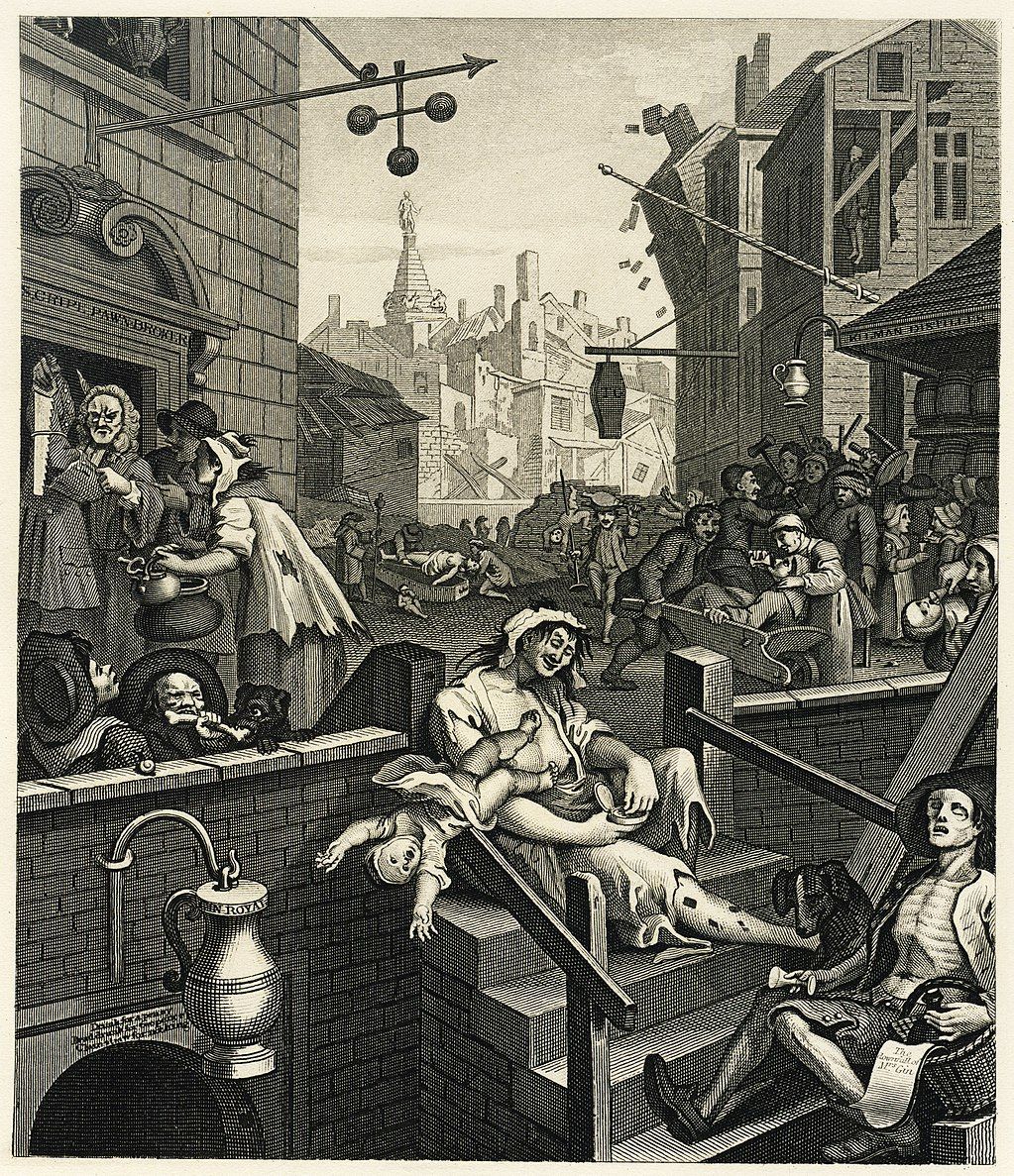
"Gin Lane," an etching used by the British government as anti-gin propaganda during the Gin Craze. Image: Wikimedia / Samuel Davenport
The column still, which we'll explore in further detail in the below section, wasn't the only major factor in the return of gin to its former glory. The other major 19th century development that saw gin take off again was the rise of Victorian gin palaces, which were basically fancy cafés or bars that sold gin exclusively. British colonists also began to use gin to cover up the horrid taste of quinine, a medication that was used to treat malaria. (Side note: the quinine was dissolved in tonic water, which was then combined with gin — hence the classic Gin and Tonic cocktail.) VODKA ARRIVES IN THE U.K., CHALLENGES GIN'S DOMINANCE Although gin enjoyed a resurgence of popularity during the 19th century and the first half of the 20th century — not just in the U.K. either, but around the world thanks to British colonists — the excitement over it died down again in the 1960s with the arrival of vodka. Verdict puts it succinctly when it says that "Gin became increasingly unfashionable over the years, as vodkas popularity grew and grew. Gin started to be seen as a drink for old people or alcoholics." But gin just wouldn't die, and in 1999 there was a second gin renaissance thanks to a Scottish gin producer, Hendrick's gin. Hendrick's popped onto the scene with a new type of gin, which infused the booze with other flavors aside from juniper (including cucumber and Bulgarian rose), and became so popular that it sparked a full-on craft gin movement. And now, as of this writing, this movement hasn't subsided at all, but has — as mentioned earlier — grown and grown over the past 18 or so years, resulting in a massive revival of gin in the U.K.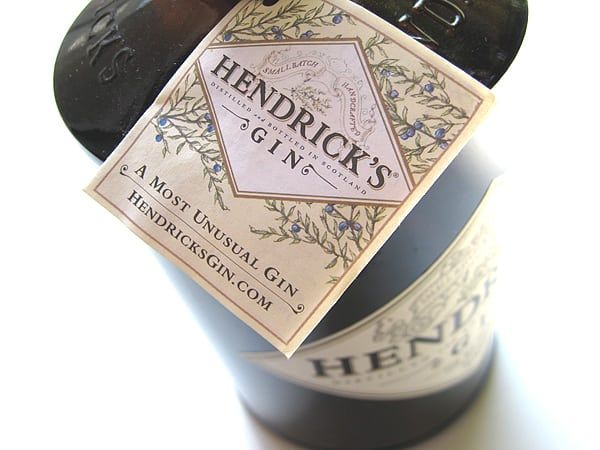
A bottle of Hendrick's gin. Image: Flickr / TheDeliciousLife
BRIEF HISTORY OF GIN IN THE U.S. In terms of gin's history in the U.S., that story more or less began during The Gin Craze period, and while it's not clear how exactly gin made its way across the Atlantic, it seems fairly safe to assume colonial settlers from England probably brought it along with them. Regardless of how gin came to the U.S., it was first distilled on U.S. soil (or what would become U.S. soil...) in the mid 18th century. Mixer Direct notes that "During [the 18th century], a number of still-popular brands were launched [in the U.S.], including Bombay, Beefeater's, and Tanqueray -- as well as Gordon's, the first gin to be distilled on American soil." While gin sales began to wane after The Gin Craze ended, they remained relatively solid in the U.S. In fact, during the Prohibition period, gin remained very popular as an underground alcohol — it was known as "bathtub gin" — thanks to its relatively simple production process. https://giphy.com/embed/fycN540zVBScU Throughout the following decades gin sales remained strong, although once vodka invaded the States, it had the same effect on gin as it did in England — that is to say, it stole tons and tons of market share. Since then, however, gin has made a full recovery, with plenty of gin distilleries popping up beginning in 2000. Since then, America has seen the gin imports from England increase immensely, and now the great United States of America is home to numerous large-brand distilleries, as well as no less than 600 microdistilleries. Despite the sluggish growth of market share mentioned above, gin still remains a popular go-to alcohol for Americans. In regards to why this is the case, Alcademics notes that "Much credit must be given to the big brands who promoted a lighter, less juniper-forward style of gin and marketed the heck out of it to steal back some market share from vodka drinkers." The craft distillery movement as well as the rise in popularity of mixology have also been trends that have helped to bolster the sweet botanical booziness in the U.S. GIN IN THE MODERN WORLD As briefly mentioned above, gin remains a dominant liquor on the world stage as of now, despite it's uncertain future (at least in the U.S.). The craft distillery movement, the exploration of new botanical flavor infusions, and the rise in popularity of mixology are all factors in gin's continued strength as a go-to booze, and as an amateur bartender, you'll definitely want a bottle of gin in your bar — there are simply too many cocktails that call for gin not to have it on hand. Gin is also seeing prosperous growth in many countries throughout the world because cocktails are also very popular right now — yes, there was a long time when they weren't. Expert drink reviewer, Caroline Childerley told The Spirits Embassy that "[ I] think like most trends in the drinks industry, bartender innovation has a lot to do with the resurgence in gin. The cocktail culture that emerged in the noughties saw bartenders go back to the classic books (The Savoy book and others) and these books are full of recipes that call for gin. Gin is the most versatile spirit to mix with and bartenders love it for that reason." https://giphy.com/embed/YDmbx191xN5AcHOW GIN IS MADE
Your gin knowledge is definitely beefier than it was before by this point, but we still need to cover a few critical aspects of this botanical beauty, including how it's made. And while the gin-making process is fairly simple relative to a lot of the other spirits, there are still a lot of nuances that you'll want to know about to truly understand what separates gin from other spirits. So with that in mind, let's get to it! EXTRACTING SUGARS FROM THE GRAINS First thing you'll need to make gin is the base organic material from which you're going to take your fermentable sugars. In many cases, major gin producers will use grains (such as wheat or rye), although sugars can be pulled from other sources, such as grapes, sugar beets, or even potatoes. For the sake of simplicity, let's say you just want to grab your fermentable sugars from wheat. Once you have collected all your wheat, you're going to need to turn it into what's known as a "mash," which is just a pulpy liquid that's rich with fermentable sugars. This happens by throwing all the wheat into what are known as "mash tuns" (giant enclosed steel pots with motorized mixers in the them), adding hot water, and then stirring it around until all of the wheat's starches (little glucose energy storage molecules) are broken down by enzymes (molecular catalysts) that are also present in the wheat. (Additional, non-native enzymes are also sometimes added.)
A mash tun. Image: Wikimedia / Kernel Saunters
Once this process is over, you have a liquid that is full of fermentable sugars, which can now be fed to yeast in order to create some ethanol! FERMENTATION As mentioned in the previous step, fermentation is all about turning the sugars in the mash into ethanol (a.k.a. booze that can make you tipsy). The resulting beer-like liquid is called the "wash," and will be about 7-15% alcohol by volume (ABV). Here's how that happens: [Explanation taken from the Ultimate Vodka Guide because it's literally the exact same process.] Now that you’ve broken down the starches in your wheat into liquid containing fermentable sugars, you’re ready to strain said liquid and then feed it to yeast — yeast is a single-celled fungus. This happens in massive, sanitized steel containers, at least when it comes to industrial producers, and takes about 2-4 days. Once you have the wash in the containers along with the yeast, the yeast will start munching on the sugars and producing ethanol as well as some other byproducts such as CO2 and various flavor compounds. And bang, you have yourself an alcoholic liquid.
A close-up picture of the fermentation process. Image: Flickr / barockschloss
As mentioned, this resulting "wash" is only 7-15% ABV, which is nowhere near as potent as it needs to be in order to qualify as a gin. So to up the ABV of the wash to around 95% (that ABV is prior to the gin being cut with water to bring it down by half) , you're going to need to distill it. And this is where things start to get interesting.... DISTILLATION/BOTANICAL INFUSION PROCESS Alright, now that you have your (mildly) boozy "wash," it's time to up that ABV with some distillation and also add the key flavors that make gin, gin. In order to distill the wash, you need to place it inside of a still, which is basically a giant kettle that's usually shaped like an upside-down bulb with a very long neck (a pot still) or like a tall cylinder or series of cylinders (a column still). This distillation process, which is described in the paragraph below, is what's going to drastically up the ABV of your ethanol from 7-15% to 95%. This distillation process, in general, is pretty simple: What you’ll need to do is take your wash and place it in the bellies of stills so that the ethanol and the water in the wash can be separated. This happens by lighting a fire underneath the bottom of the still, which sends the ethanol racing up the insides of the stills, where it’s collected from openings at the other end. The reason that mostly ethanol vapor races up the necks of the stills and most of the water stays in the bottoms is because of the differing boiling points of the two liquids — ethanol has a lower boiling point of 173.1 degrees Fahrenheit, while water has a boiling point of 212 degrees Fahrenheit. This distillation process is then usually repeated in order to up the ABV even further.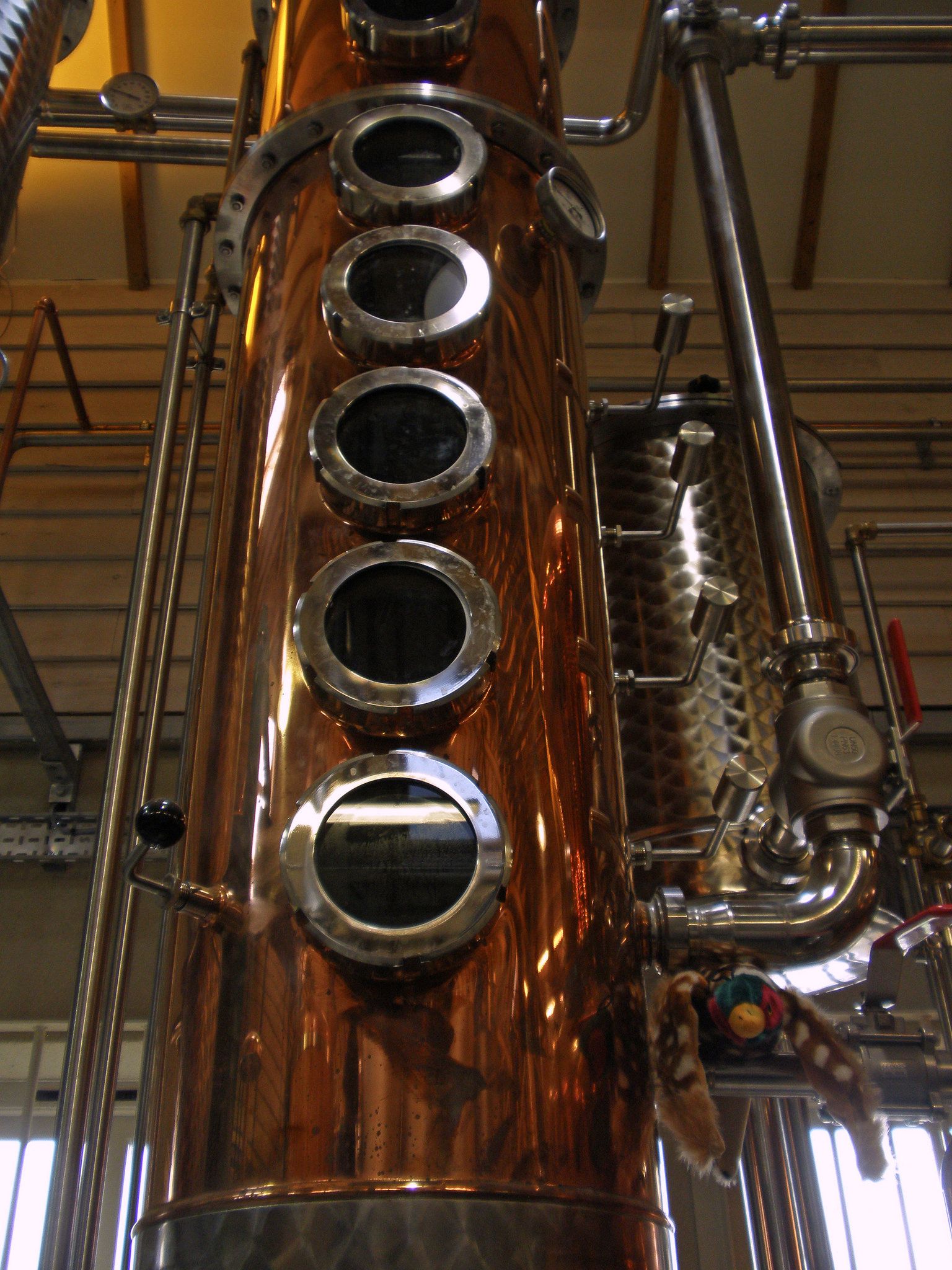
A column still. Image: Flickr / Amanda Slater
But gin isn't simply distilled, cut with water, and then bottled like say, vodka is. Instead, this is the point at which gin gains its botanical flavoring in one way or another. Now, there are a few different ways to go about adding the necessary botanical flavorings to your distilled neutral grain alcohol (the high ABV booze you now have on your hands), and they vary depending on what type of gin is being made and which distillery is making the gin. As far as the broad strokes, however, you're basically looking at the three following methods: Steeping the botanicals in the distilled ethanol: If you're looking to go for the most traditional route for adding your botanical flavoring, you'll want to steep your botanicals in your previously distilled alcohol before distilling it yet again in a process known as maceration. As Difford's Guide notes, "[This is the] most traditional and still the most common method for gin distillation." Difford's Guide adds that these botanicals — which, of course, include juniper berries — are steeped in a neutral grain alcohol that's been cut with water (this achieves an ABV of about 50%) for as long as 48 hours. Then, once you have your alcohol that's been infused with botanical flavors, you go ahead and distill it again in order to increase the ABV once more — this gives you a high-ABV alcohol that's infused with all of the botanical flavors that's ready to be cut again with water (to lower the ABV to around 40%) and bottled. Passing the ethanol vapors through the botanicals: While steeping the botanicals in the booze in order to achieve flavor infusion is considered to be the traditional way of making gin, passing the ethanol vapors through the botanicals is an equally popular and equally effective method. Although, according to experts, it will end up giving you some different flavors. (Better or worse, that's up to you to decide.) The way this works is by taking your botanicals and placing them in something called a "gin basket," which is basically something like a mesh tea strainer — the designs of this basket vary widely depending on distillery, but that's the basic idea.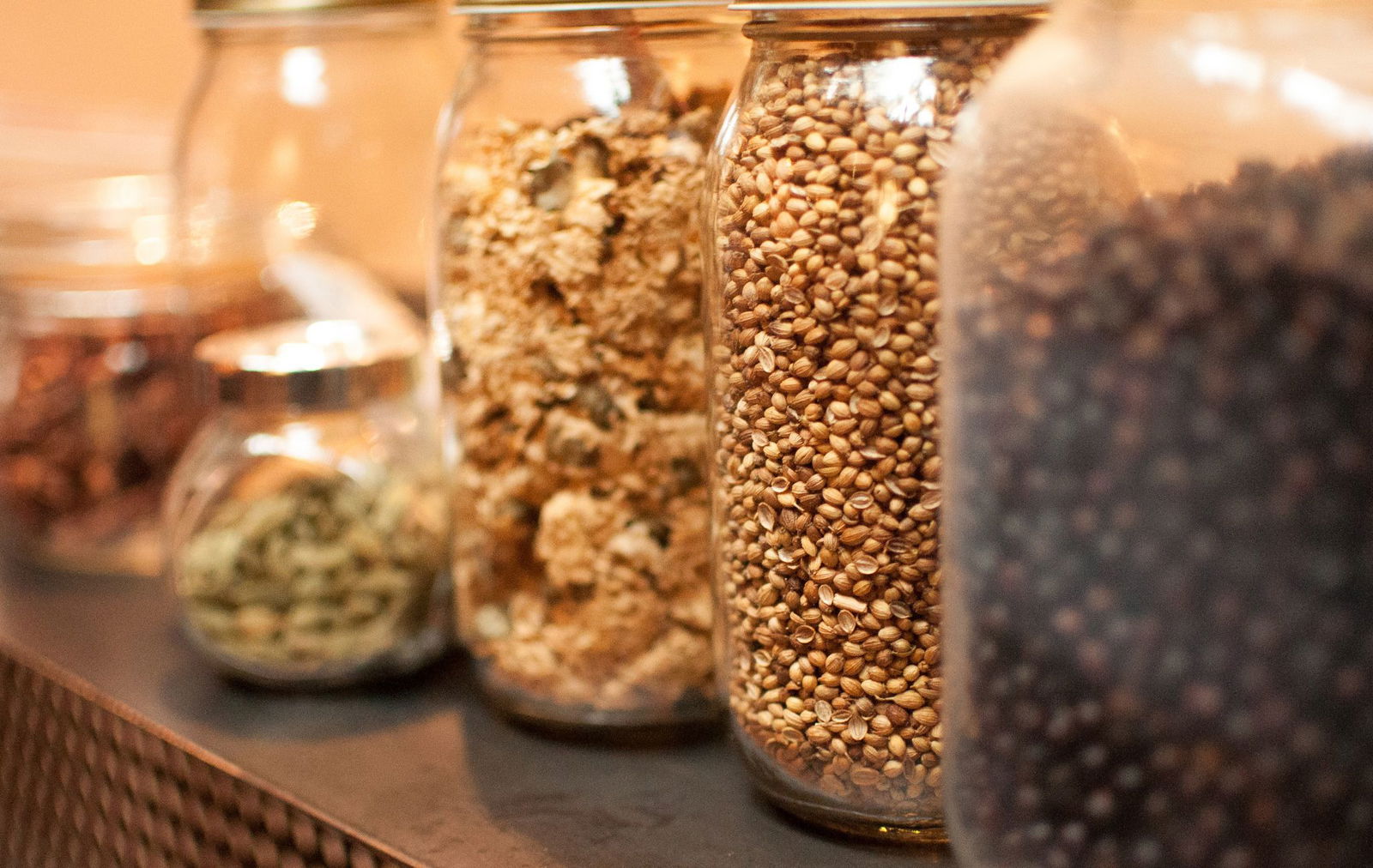
Various gin botanicals. Image: Flickr / Capital Spirits
In regards to the specifics of how this process works, you just need to take that gin basket, fill it with botanicals, place it somewhere inside of the lyne — that's the long neck at the top of the still — and then heat up that ethanol! The heat will cause the ethanol to fire up the lyne, and as it does, it'll pass through the gin basket and fly out the other end where it'll be condensed into an alcoholic liquid now infused with botanical flavors. Note: Some distilleries will combine both of these methods, although the effects on flavor are likely to be wholly subjective. OTHER BOTANICAL INFUSION METHODS Now, while the two methods described above are certainly the most common, and more or less give you the gin-making knowledge you'll need to know in order to pass as a gin expert, there are a few other botanical-infusion methods out there, and each one at least deserves a brief description: Vacuum gin distillation Vacuum gin distillation is basically the same process as the steeping process, except for the fact that when the botanicals are steeped and boiled in the ethanol, the still is vacuumed sealed with a relatively low atmospheric pressure. This lower atmospheric pressure drops the boiling point of the ethanol, which means it doesn't need to get as hot to race up the still and become condensed on the other end. People who support this method say that it's better because the botanicals don't need to be cooked as much, and therefore the resulting gin tastes fresher. Individual botanical distillation Individual botanical distillation is basically the same process as steeping the botanicals, except that each individual botanic is steeped into a different batch of distillate. Once each batch of distillate infused with its own single botanical is set, they're all mixed together. Supporters of this method say that it allows for greater control over flavor levels for various botanicals. https://giphy.com/embed/P192msh4uGABG These two methods are really esoteric — at least in regards to what a layman knows — so you don't manage to remember "one shot" versus "multi-shot" production, don't stress; there's about five people out there who will quiz you on this. Anyway, "one shot" versus "multi-shot" production is basically just about either producing a batch of gin following the exact given recipe, or doubling up the ratio of botanical infusion to neutral alcohol and then after distillation, cutting it with water to return the ratio back to what's called for in the original recipe. Exciting stuff, right?! BLENDING DIFFERENCES AND THE DIFFERENT TYPES OF BOTANICALS USED OK, now we've been throwing around the word "botanicals" a lot in this guide, but let's get a bit more specific about what these things are, shall we? In terms of a strict definition, Wikipedia defines a botanical as "a substance obtained from a plant and used as an additive, especially in gin or cosmetics." As far gin is concerned, that basically means organic ingredients such as roots, berries, seeds, fruit peels, and, of course, juniper berries. Difford's Guide goes a bit deeper on the normal assortment of botanicals used for flavoring gin, and includes in its list Coriander seeds, Angelica root, Angelica seed, lemon peel, orange peel, Orris root, Cassia, cinnamon, almond, cardamom, Cubeb berries, Grains of Paradise, ginger, licorice, and nutmeg.
The Bombay Sapphire botanicals garden. Image: Flickr / John Nuttall
In terms of any consistency among botanical recipes, you're not going to find a whole lot aside from the universal inclusion of juniper berries. Every major brand or craft distillery has a different recipe they use, and recipes can and do change over time. Side note: In terms of how the flavors of the botanicals actually get into the neutral grain spirit, that's just a matter of the botanicals' oils being absorbed into the alcohol. (Recall that alcohol is a solvent and it does a really good job of breaking apart bonds between molecules. BARREL AGING (IF APPLICABLE) Some may consider barrel aging a gin to be a bit blasphemous as gin is usually not aged — especially when it comes to what popular industrial distillers are turning out — but plenty of producers still employ barrel aging, and it's catching on in a big way amongst craft distillers. It's hard to say that barrel aging gin is a totally new concept because it was (sort of) happening all the way back in the 18th century. As the Spirits Business notes "The idea of sticking gin in a barrel dates back to the 18th and early 19th centuries, when oak was used to ship and store the spirit rather than use breakable or more expensive containers." Now, technically, it was genever that was being stored, shipped, and barrel aged, but this still stands as precedence for barrel aging gin. As far as contemporary barrel-aging efforts are concerned, Bespoke Post points to Oregon-based craft distiller, Ransom Spirits, as being the company responsible for reviving the barrel-aging tradition in the U.S. Bespoke notes that "Ransom’s take on the spirit, developed with author and cocktail-historian David Wondrich, was an attempt to replicate Old Tom gin, a slightly sweeter take on the spirit version that was in fashion during the mid-1800's and the golden age of American cocktails."
A bottle of Old Tom Gin. Image: Flickr / Dominic Lockyer
Regardless of its origins, barrel aging gin is here and it seems like it's here to stay. What does that mean in regards to the spirit that's actually getting gulped down your gullet? It means that you should expect more and more gin flavor profiles that have been softened, sweetened, and spiced by barrel aging. As in the case of whiskey, barrel aging adds a whole new dimension of flavors to liquor, and gin is no exception. Just as with other barrel-aged spirits, gin also picks up color from the barrel in which it's aged, so you should expect not only the flavor profile to change but also the hue. Gin is generally aged for much shorter periods of time relative to whiskey, however, so you're still not going to get a full-blown whiskey barrel-flavor experience here. Which is probably a good thing as you still want to be able to taste all of those gin-specific botanical flavors. In general, you can expect gin to be aged for anywhere from 3 months to a couple of years (a couple of years is really stretching it for gin though), although you'll rarely, if ever, see a gin label saying "barrel aged" (at least in the U.S.). The Bespoke Post notes that this is because the Alcohol Tax and Trade Bureau defines gin as an unaged spirit. Craft gin distilleries have found a clever workaround for this, however, and instead of calling their gins "barrel aged" they just say that they are "barreled" gins or "barrel rested" gins. In terms of how to drink barrel-aged gin, just like whiskey, it works well drunken neat or with a splash of added water (the added water helps to bring out some subtler flavors). Barrel-aged gin also tends to taste great in citrus-flavored cocktails such as the Ramos Gin Fizz, The Penicillin, The Last Word, The Negroni, The Corpse Reviver, and The Manhattan. Basically, any classic cocktails that call for gin or whiskey can probably work with barrel-aged gin, although you'll definitely need to do some experimentation to get the flavors just right. (Sounds like, hard, delicious work, right?) BOTTLING Finally, once we have our gin that's been distilled, infused with botanicals (especially juniper berries!) and either aged or unaged, it's time to bottle. And what does this entail? Pretty much what you'd expect: Pouring the gin into gin bottles, slapping a label on them, and sending them off into the world to be drunk by everybody from Snoop Dogg to James Bond. https://giphy.com/embed/26vUTBXYV20ykYU00THE DIFFERENT CATEGORIES/TYPES OF GIN
If you've made it this far in this Ultimate Gin Guide, congratulations, now you know all about the history of gin, how gin is made, and, you know, what gin is exactly. But you still have a lot of gin knowledge that needs to be distilled and poured into your brains, including all of the different gin categories. So grab yourself another gin and tonic or gin or juice, or gin and whatever, and get to reading about all of the different gin categories you'll come across as a nascent amateur bartender. London Dry Gin - When most people think of gin, they're thinking of London Dry Gin — i.e. this is the classic gin that'll work perfectly in any classic gin cocktail. This type of gin is very dry (duh), has a pungent aroma, strong juniper flavoring, can't have artificial flavorings, nothing added after the re-distillation process, and is heavily flavored with a series of botanicals aside from juniper. If you're looking to make a gin and tonic, gin martini, or Aviation cocktail, this will be the gin to go with. (Also note that London Dry refers to the distilling process, not a specific geographical location where the gin must be made; this is different for Plymouth Gin where location is the defining factor.)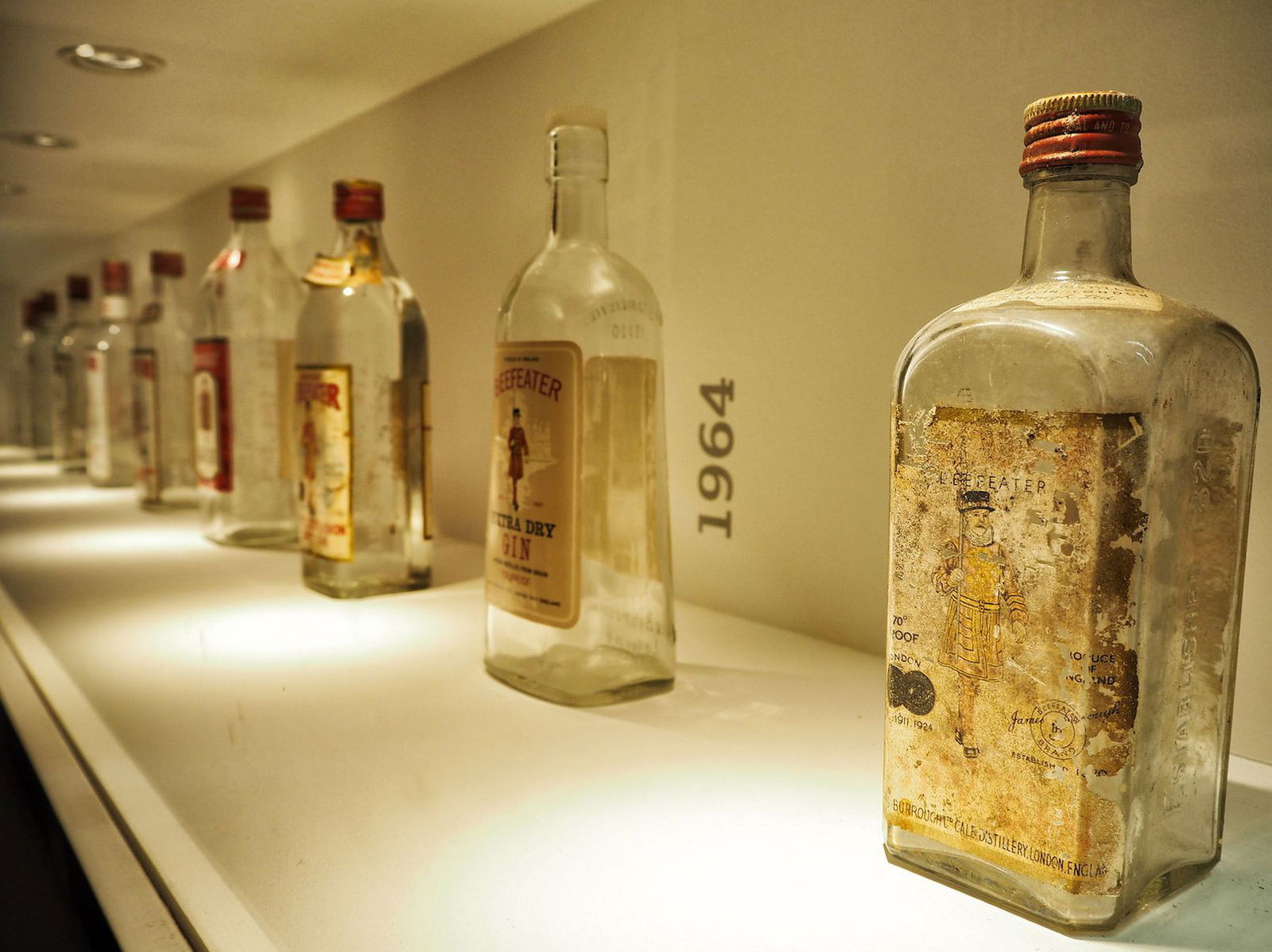
A collection of Beefeater London Dry gin bottles from various decades. Image: Flickr / Ungry Young Man
Some of the best London Dry Gins brands include: Tanqueray, Beefeater, Boodles, Bombay Sapphire, and Martin Miller's. Plymouth Gin - Plymouth Gin is described as a "close cousin" of London Dry Gin, as it works for just about any cocktail you'd use London Dry for, except it's less dry, is generally more earthy, and not as intensely flavored with juniper. Plymouth Gin is also unique in that it can only be produced in Plymouth, England, and is currently only produced by a single distillery: The Plymouth Gin Distillery, a.k.a. the Black Friars Distillery. The best — and only — Plymouth Gin brand: Plymouth Gin Old Tom Gin - Although Old Tom is another close cousin of London Dry, it's much sweeter than its relatives (the other being Plymouth gin). Although Old Tom had disappeared from the market for quite some time, it has returned to liquor and bar shelves recently, and is definitely making a comeback as a standard category of gin. Old Tom is great for cocktails like the Tom Collins, the Gin Rickey, and the Martinez. Some of the best Old Tom Gins include: Ransom Spirits, Queens Courage, Spring 44, Citadelle, City of London, and Greenhook Ginsmiths. New American Style or International Style Gin - New American Style or International Style Gins are those types of gins that have appeared recently on the scene and use unique distilling processes as well as unique botanical blends that – gasp! — don't always put the juniper tastes at the forefront of the flavor profile. Because of the wide range of flavors offered by New American Style gins, they are often utilized by mixologists, who enjoy experimenting with the flavors in their own gin cocktail creations. Some of the best New American Style Gins include: Aviation Gin, Bluecoat American Dry Gin, Voyager, Dry Fly Gin, Greenhook Ginsmiths American Dry Gin, Hendrick's, Monkey 47, and Four Pillars Gin. Sloe Gin - Sloe Gin is a bit of an odd duck when it comes to gin categorization as it's considered to be more of a liqueur rather than a straight-up liquor. This is because Sloe Gin isn't only infused with flavors from Sloe berries — stone fruit with astringent flavoring that look a lot like blueberries — but also a good amount of sugar. The sugar is required because it helps to extract the sloe juice from the sloe berries. Also, sometimes bottom shelf Sloe Gin isn't even made with real gin, but just vodka. What kind of madness is that?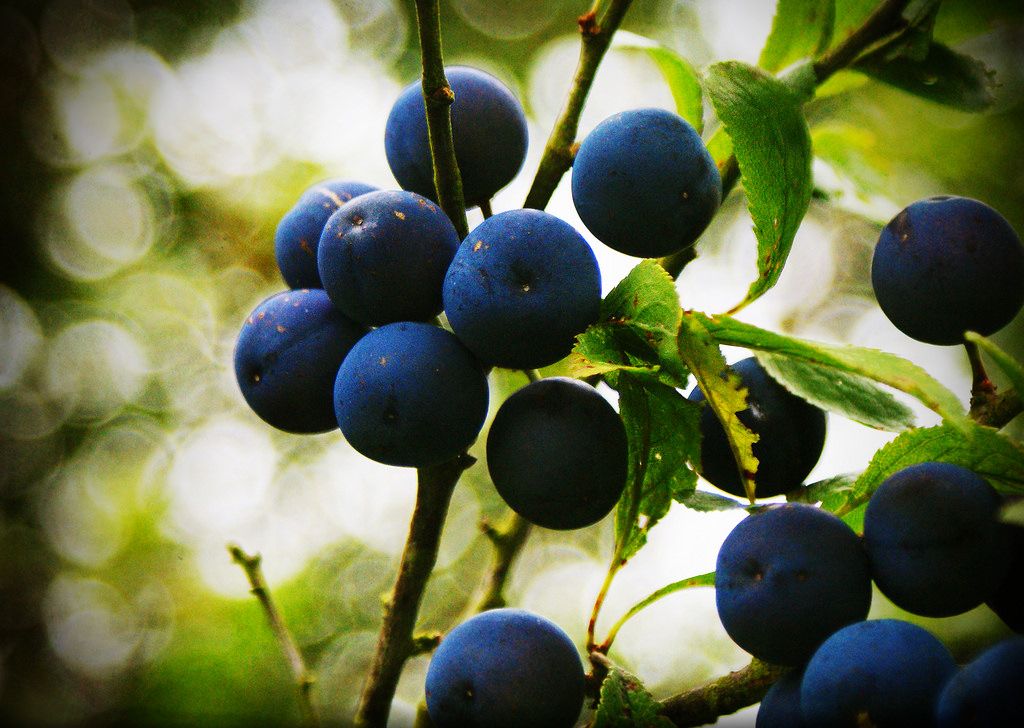
Sloe fruit. Image: Flickr / Stewart Black
Some of the best Sloe Gins include: Plymouth Sloe Gin Liqueur, Warner Edwards Harrington Sloe Gin, Adams Sloe Gin, Monkey 47 Sloe Gin, Sipsmith Sloe Gin, Hayman's Sloe Gin, and Pickerings Sloe Gin. Genever or Dutch Gin - Genever or Dutch Gin is distinct from all of the other types of gin because it's made from malt grains instead of a mix of cereal grains. This use of malt grains results in a darker color, a lighter body, and flavoring that similar to botanical-flavored whiskeys. This type of gin is usually sipped neat and chilled, although those creative mixologists are beginning to experiment with it in their fancy craft cocktails. Some of the best Dutch gins include: Bobby's Schiedam Dry Gin, Nolet's Silver Dry Gin, Rutte Celery Gin, Zuidam Dutch Courage, Black Tomato Gin, Catz Dry Gin, and Boomsma Dry Gin. Distilled Gin - Distilled gin is basically the same as London Dry except flavoring is allowed to be added after distillation. Compound Gin - Compound gin is your bargain-bin, bottom-shelf gin. There are no laws governing the quality, flavors, or distillation process of compound gins, and most have juniper flavoring infused after distillation, which makes it, in a very real sense, a flavored vodka. Side note for categorizing gins: Keep in mind that different countries have different ABV standards for gin — e.g. in the U.S. gin must have a minimum ABV of 40%, whereas the minimum ABV in the EU is 37.5%. Different countries also have different ways of categorizing gins. As long as you know the above categories, however, you'll be good to go in terms of navigating the world of gin drinks (and gin trivia).HOW TO DRINK GIN
We've now covered the history of gin, how gin is made, the different gin categories, and just about everything else you'll need to know about gin to get by as an amateur bartender, but there's still a tiny bit of territory to cover: how to drink gin like a true connoisseur. Yes people, it's time to get to the fun part of this Ultimate Gin Guide; it's time to do some drinking — if you have a gin drink with you, that is, we're just going to tell you how to drink it. https://giphy.com/embed/LgOQBCuSduAZa If you're like 90% of people who have ever drunk gin, you probably didn't think to drink it neat — unless you were doing some gin shots 'cause you had no mixers or something crazy like that. But you can absolutely drink gin without any additional mixers or garnishes or whatever else you may add to it. Seriously, quality gins sip just as well as the finest whiskies and tequilas, and while its flavor profile may be a bit harsher than those of its other spirit siblings, if you can develop your palate for a wild assortment of botanicals, sipping a gin neat may be your new favorite go-to drink. Let's not get too carried away here though; if you're sipping on some gin neat, you'll definitely want to make sure it's quality gin. How exactly do you identify a quality gin? Well, that's where things get a bit tricky — as well as a whole lot of fun. Unfortunately, unlike whiskey or tequila, price tag nor label will consistently tell you how delicious a given gin is. There simply isn't enough regulation on gin to be able to figure out quality based on label claims, and there's such an enormous amount of variation in botanical flavoring — especially amongst craft distillers — that it's hard to say what a given gin will taste like. So what's the fun part of this conundrum? All the taste testing you'll have to do! Seriously, if you want to find a great-tasting gin, especially a gin that you think tastes great, you'll have to do a lot of experimentation. https://giphy.com/embed/3W3Ip5wQEZEfC In terms of how to go about experimenting with gin — experimenting like a connoisseur, that is — you'll want to grab yourself a glass that curves inward at the top (like the one pictured below) so that it better traps the gin aromas, and then basically obey the same tasting rules as those that apply to whiskey. What would rules would those be? Swirl and eye it, add a splash of water, sniff it, taste it. Basically, when you're swirling, you'll be looking for colors — the more colors, the more botanicals (as a rule of thumb). Adding water will help to drop the ABV a bit so you can clear away the alcohol taste and enjoy the rest of the gin's flavor profile. Sniff it so you can gather all that good aroma data; you'll be able to detect notes of fruits, flowers, wood, and spices with your awesome nostrils. And finally, sip it so you can figure out if this is the right gin for you!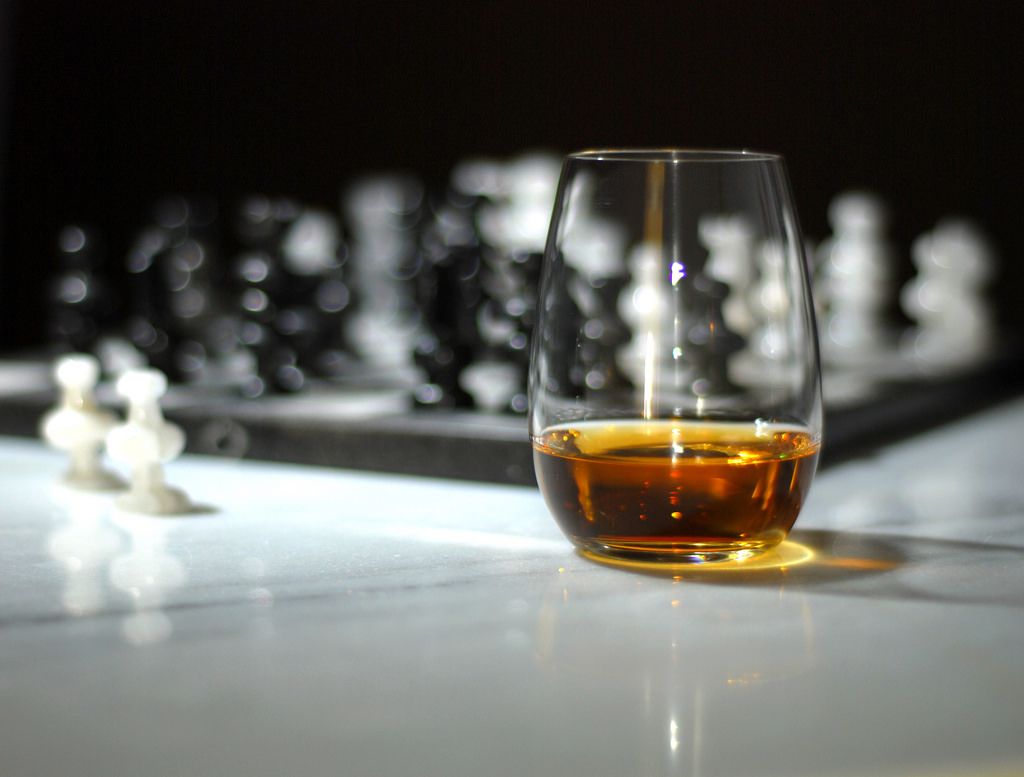
An example of a good glass for drinking gin neat. Image: Flickr / Markus Reinhardt
HAVE IT "UP" / ADJUST THE TEMPERATURE Having your gin "up," just means you're going to have it chilled. Drinking your gin chilled with make it more viscous and less harsh on your palate — this will come in handy if you're having one of those compound gins that aren't necessarily knocking it out of the park flavor-wise. As far as how to chill the gin, it's as simple as either leaving the bottle in the freezer, or grabbing a shaker, shaking up the gin with some ice, then straining and pouring the gin into a glass. And while, yes, this tip may seem simple and obvious, trust us this method of drinking can do wonders for helping you to down sub-par gins. Side note: As the gin warms after being chilled, you'll probably notice the flavor bouquet open up; this is something you'll want to take advantage of if you have a high-quality gin and want to explore its full flavor profile. TRY IT IN A COCKTAIL (ESPECIALLY A MARTINI) / CONTRAST FLAVORS Having your gin in a mixed cocktail is the most obvious way to drink it, and in many (perhaps most) cases, the best way to drink it. And while, yes, there are a ton of delicious, popular gin cocktail recipes — like those listed below — as an amateur bartender you'll want to know the best guidelines for making up your own recipes. So with that in mind, here are a few tips from a cross-section of pros: https://giphy.com/embed/sEH3lMz5hMBEc 1. Contrast flavors when you're coming up with your own gin cocktail. For example, if you have a very floral gin, try mixing it with a fruity flavor, such as a sweet juice. Vice versa, if you have a sweeter gin, try mixing it with with something like a lavender liqueur. 2. Find out which specific botanicals are in your gin. Again, this may seem obvious, but knowing which botanicals are in your gin will set you up for maximum mixing effectiveness. And if the botanicals aren't listed on the bottle, you can probably do some sleuthing and find out online. 3. Dress up your gin cocktail. If you're having people over and want to impress them with your skills (or just experiment on your own for fun) try garnishing your gin cocktail with edible flowers such as edible rose petals, mint, lavender, Hollyhock, Pansies, Fuchsia, and even sunflower petals.HOW TO STORE GIN
Store it in the fridge! That seems to be the consensus among experts when it comes to how to best store gin. And if you can't store it in the fridge, then store it in the freezer. The reasoning behind this is that (as mentioned in previous sections) gin tastes best when it's chilled. So keeping it in the fridge or freezer will allow you to bust it out whenever you need to and have it ready to go on a moment's notice.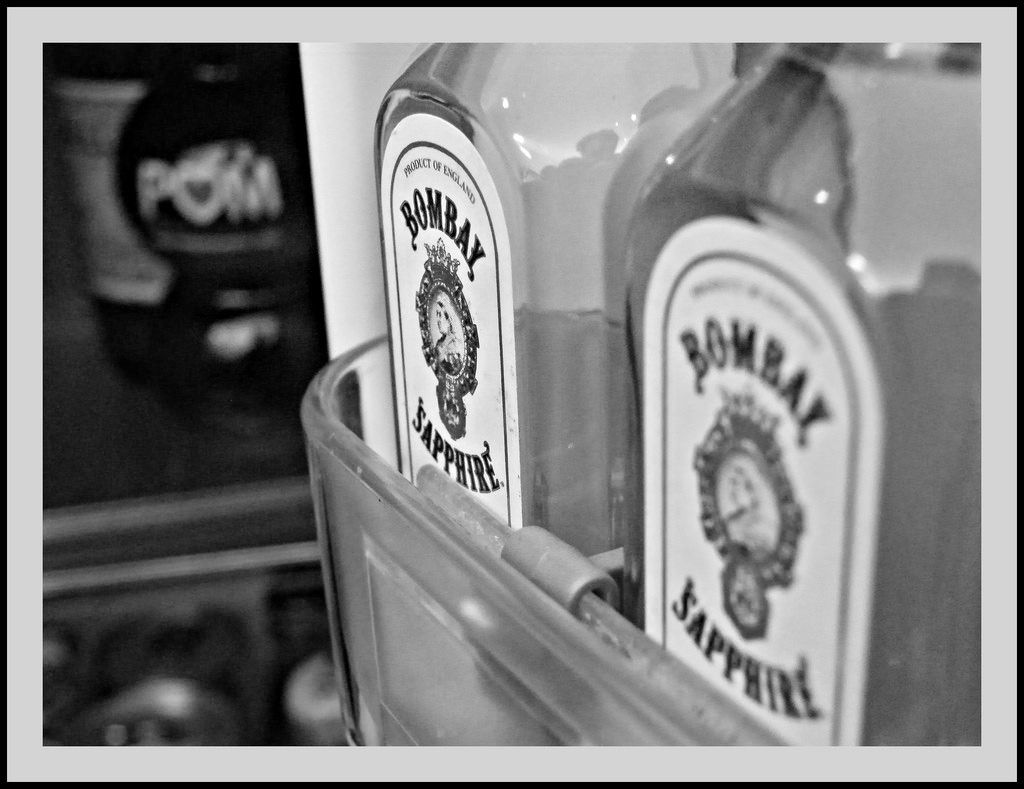
Some chilled Bombay Sapphire. Image: Flickr / UggBoy UggGirl - PHOTO - WORLD - TRAVEL
If you don't have any room in your fridge or freezer — or if you don't own a fridge or freezer 'cause you live in the mountains and hunt birds for dinner — then storing your gin in a cupboard, out of direct sunlight, is fine too. Just make sure you have some ice on hand 'cause you're going to want to drink your gin chilled, trust us. Especially if you're drinking it neat and it's not great quality.THE FUTURE OF GIN (THE "GIN RENAISSANCE")
The only thing left to discuss about gin is where it's heading in the future, and in general, things are looking pretty bright. Not only is gin undergoing a "gin renaissance" in many areas around the world, it's also undergoing a transformation as a spirit — and in a very real sense, a constant and unceasing transformation. Craft distillers are constantly experimenting with new botanical blends and on the actual drink-makers end, mixologists are figuring out new ways to mix the new gins into their drinks. Premium gins are also taking off in a big way — as, it seems, are most other premium spirits — which means you're probably going to start hearing people order gin neat a lot more frequently at the bar. With all of this in mind, let's look at the big three general gin trends that are currently taking hold, which will likely to take off in a big way over the next few years. GROWTH OF PREMIUM GIN MARKET If you're looking to invest in gin, even if it's just a couple of bottles that you'll have in your home bar, then you'll want to focus on premium gins. While compound gins are useful for making quick and easy cocktails that'll serve their getting-you-buzzed duty, it seems the cheap-o bottles are likely to wane in popularity as tastier, more quality gins become more commonplace. Head of Diageo Reserve GB Nick Temperley told the Morning Advertiser in an article titled "What is the future of gin?" that "Consumers are... looking for interesting flavours, premium quality and, above all, a really positive experience...." He added that "Gin sales will continue to outstrip other star-performing categories and super-premium gin will hold its prominent status." https://giphy.com/embed/Uh4mnfcY6t4XK Indeed, even the tonics and mixers are seeing a growth in their premium sector. Gin Guild Director Nicholas Cook told the Morning Advertiser in another article that "A key element in the gin revival has, without doubt, been the advent of quality premium tonics, which enable the individual flavours of gin to shine through." In terms of some of the best premium gins out on the market, that list would include Botanist Islay Dry Gin, Bols Genever, Nolet's Dry Gin, New York Distilling Company Dorothy Parker Gin, Bombay Sapphire East, Bimini Gin, and Anchor Distilling Junipero Gin. GROWTH OF CRAFT GINS / LIMITED EDITION GINS Along with the growth of the premium gin market, there also seems to be a significant uptick in the craft gin market. This isn't too surprising though, as craft gins are likely to cost something close to a premium gin; certainly more than a compound gin. Beverage Dynamics noted in an article titled "6 Trends Driving Gin Sales In 2017" that "[there has been] a shift in consumer preference from lower- priced products to imported, premium and craft brands." Howards of Calamity Gin noted in the same article that "'The wide variety of craft gins allows people to gravitate towards certain styles that they prefer, like with American whiskey and Scotch....'"
Death's Door, one example of a craft gin. Image: Flickr / el rolio
Nick Temperley added in the aforementioned Morning Advertiser article that "We are going to see a continuation of new craft gins emerging..." and that "botanicals will be more ambitious and the garnish and final 'Instagrammable' moment will be even more important." Hard to have an "Instagrammable" moment with a cheap bottle of compound gin, right? Some of the best craft gins to try are: William Chase Gin, The Botanist Islay Dry Gin, Bloom Gin, Hardshore Distilling Company, St. Augustine Distillery, Durham Distillery, New Holland Artisan Spirits, Jawbox Gin, Chase GB Extra Dry Gin, and Two Birds London Dry Gin. MORE EXPERIMENTATION WITH BOTANICALS Many gin experts are also noting a significant increase in the amount of distilleries experimenting with more and more wide-ranging botanical blends. The same Beverage Dynamics article mentioned above noted that "gin gives producers [a] chance to reflect regional ingredients and flavors through botanicals and fruit. At the heart of craft is what’s local. This has led to the recent spike in uniquely flavored gins poured in tasting rooms in microdistilleries across the country." In the (doubly) aforementioned Morning Advertiser article, Temperley noted that, along with the growth in the premium sector, "'[gin's] great balance of flavour, versatility and interesting botanicals have captured the imagination of bartenders and we are seeing some really innovative serves.'" Again, this trend makes a lot of sense when considering it in conjunction with the rise of craft distilleries. Craft distilleries have a lot more flexibility with botanical experimentation as they are more agile corporations and can more swiftly make changes. Small craft distilleries also have less to worry about in terms of possibly negatively disrupting their own large markets. Although large alcohol corporations are still definitely investing in small craft distilleries....FIVE OF OUR FAVORITE GIN DRINKS
Now that we have all of our gin knowledge in order, it's time to go out there and have fun and do some drinking! To that end, here are five our favorite gin cocktails that you can try making at home. 1. NEGRONI 2. BLUEBERRY GIN SOUR
2. BLUEBERRY GIN SOUR
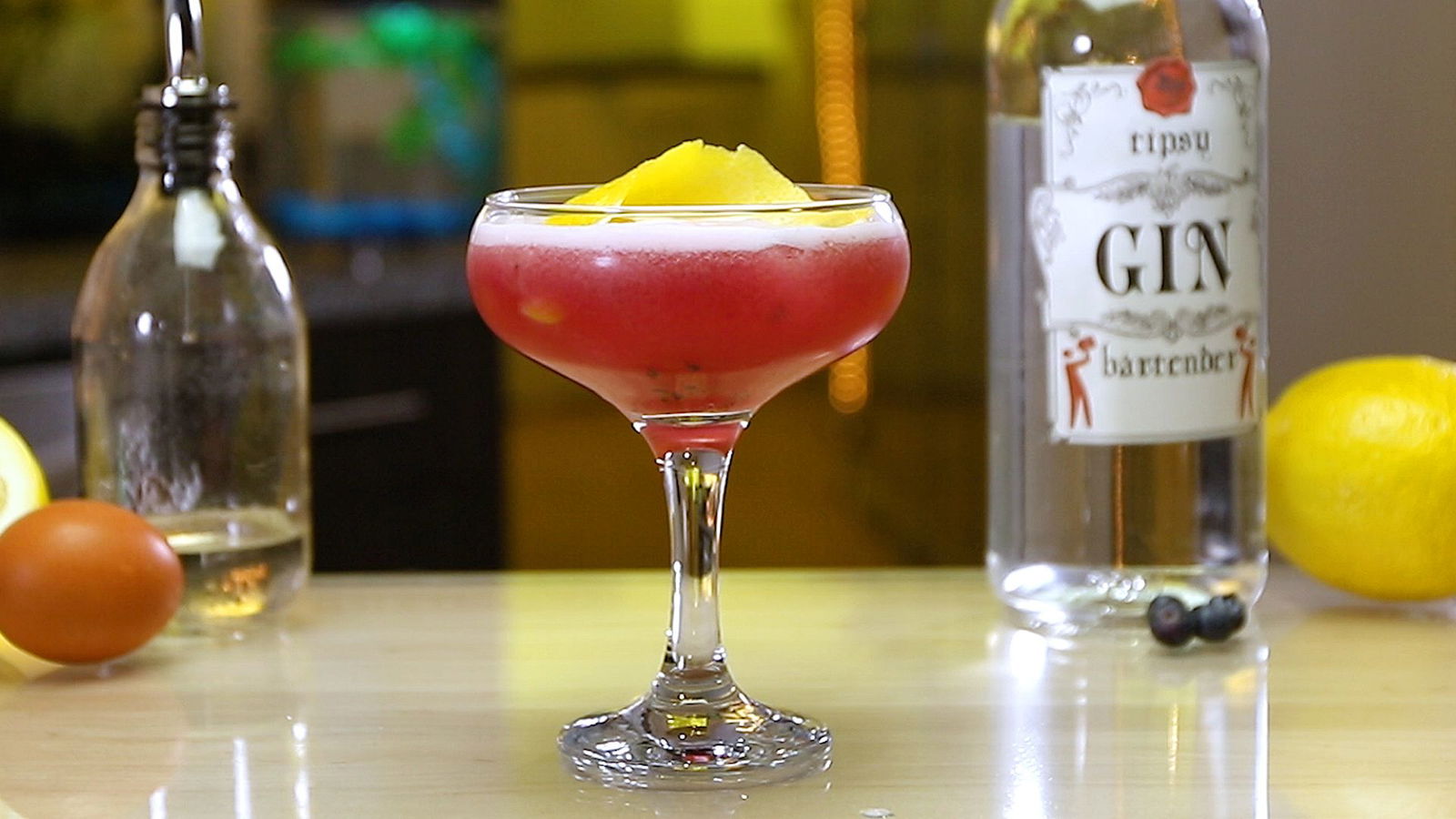 3. BRIAN'S ARMY AND NAVY
3. BRIAN'S ARMY AND NAVY
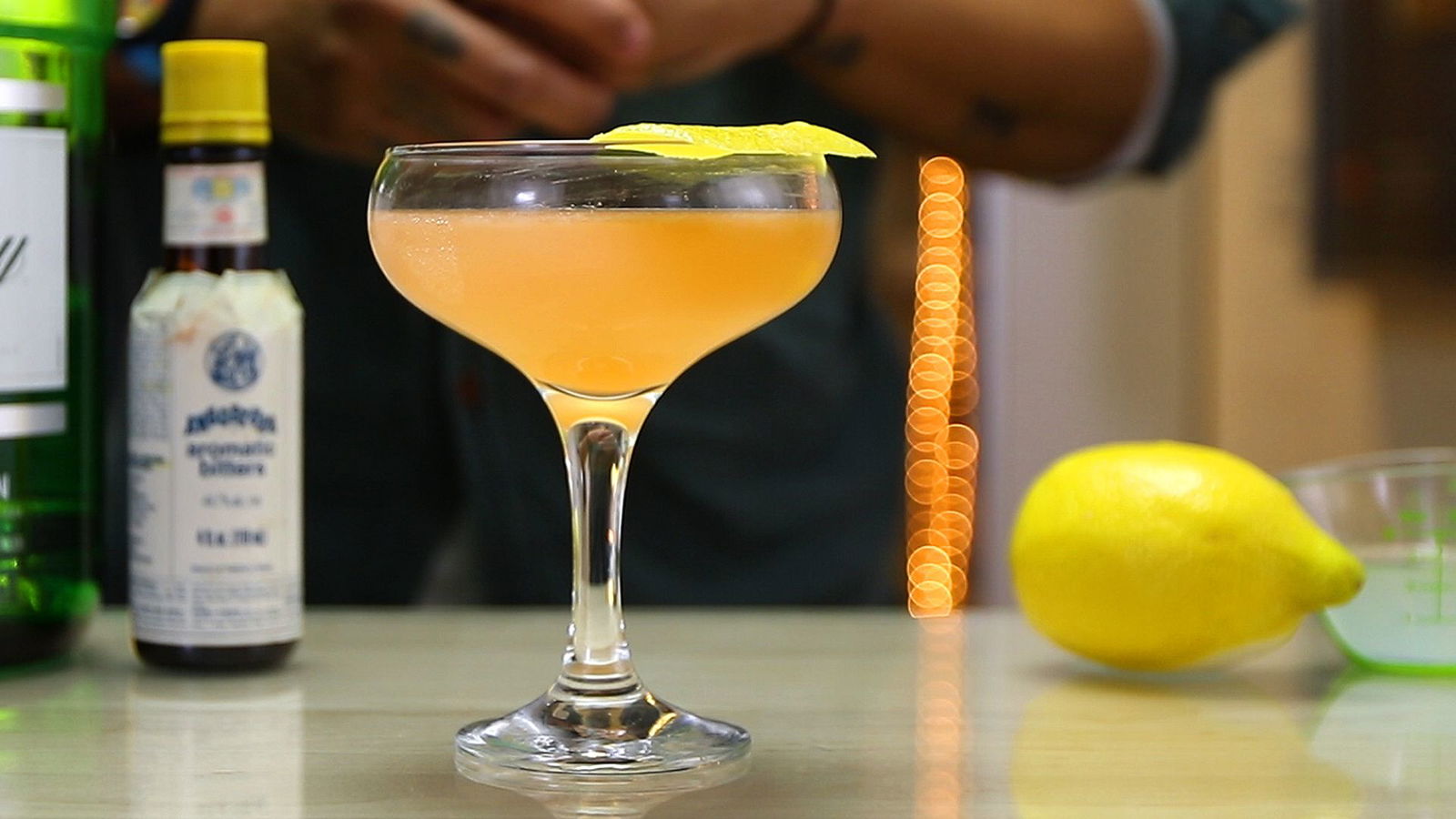 4. CHURCHILL MARTINI
4. CHURCHILL MARTINI
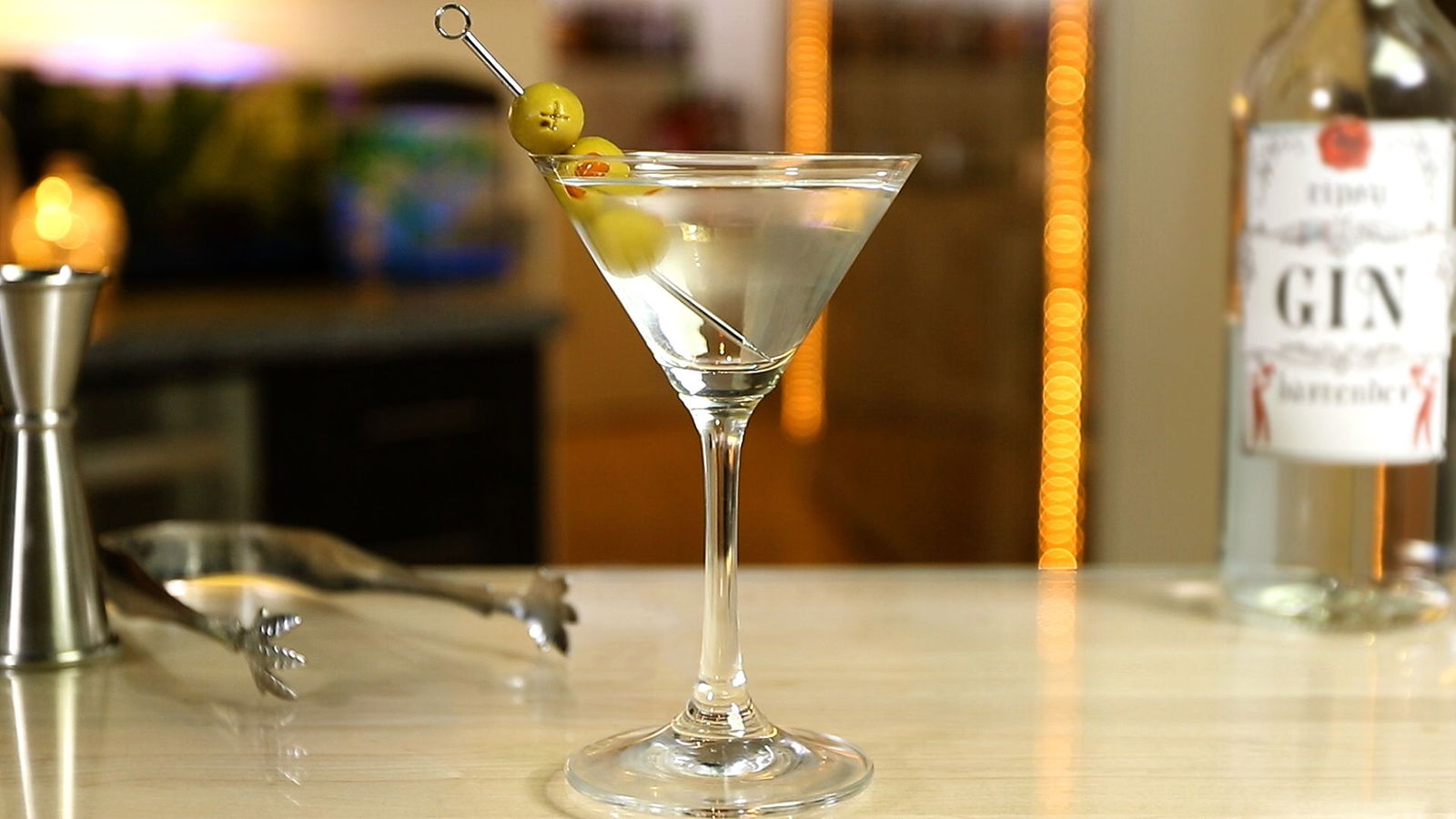 5. CRAN GIN-GER
5. CRAN GIN-GER
 6. GIMLET
6. GIMLET
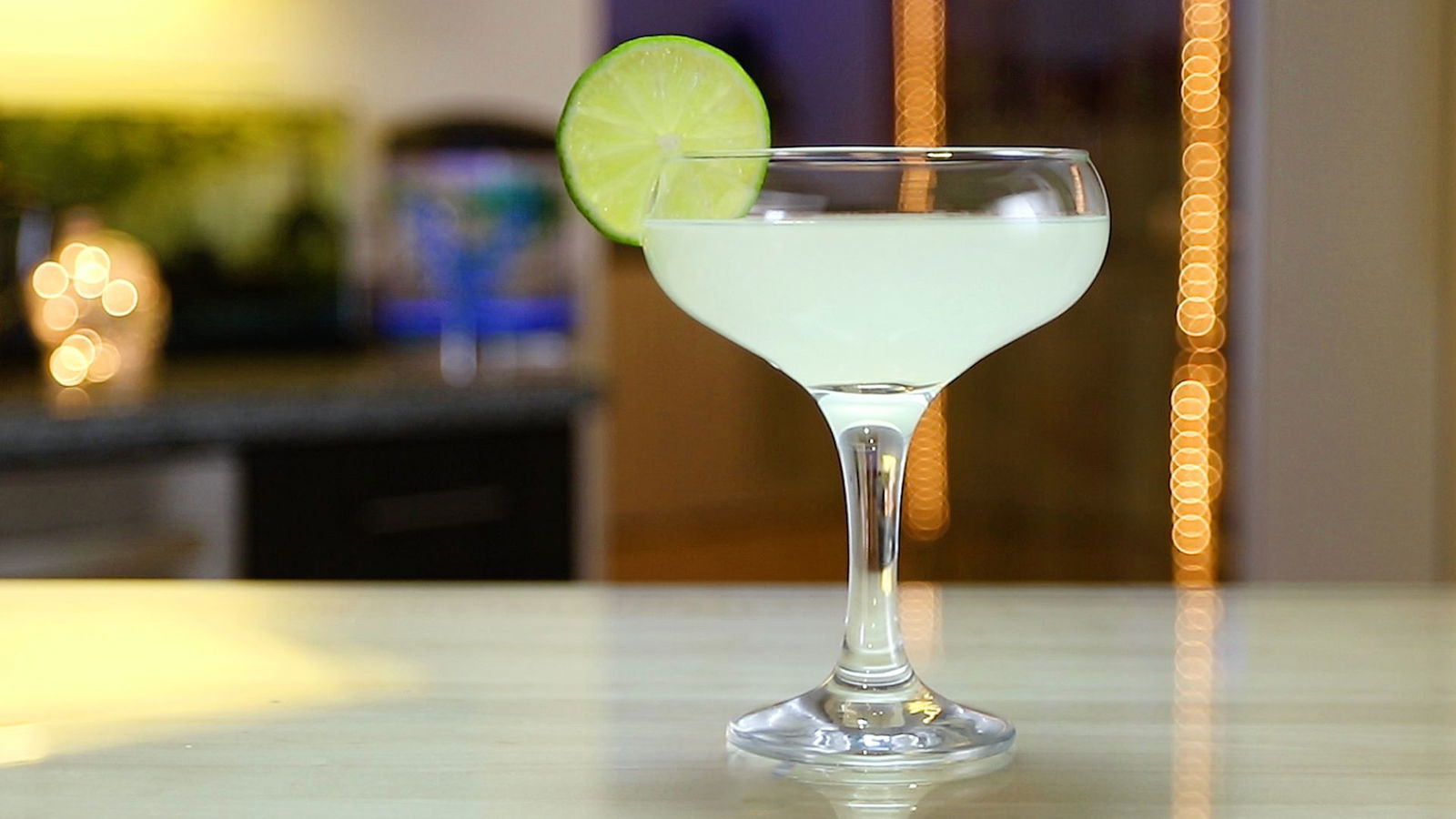 7. PINEAPPLE EXPRESS
7. PINEAPPLE EXPRESS
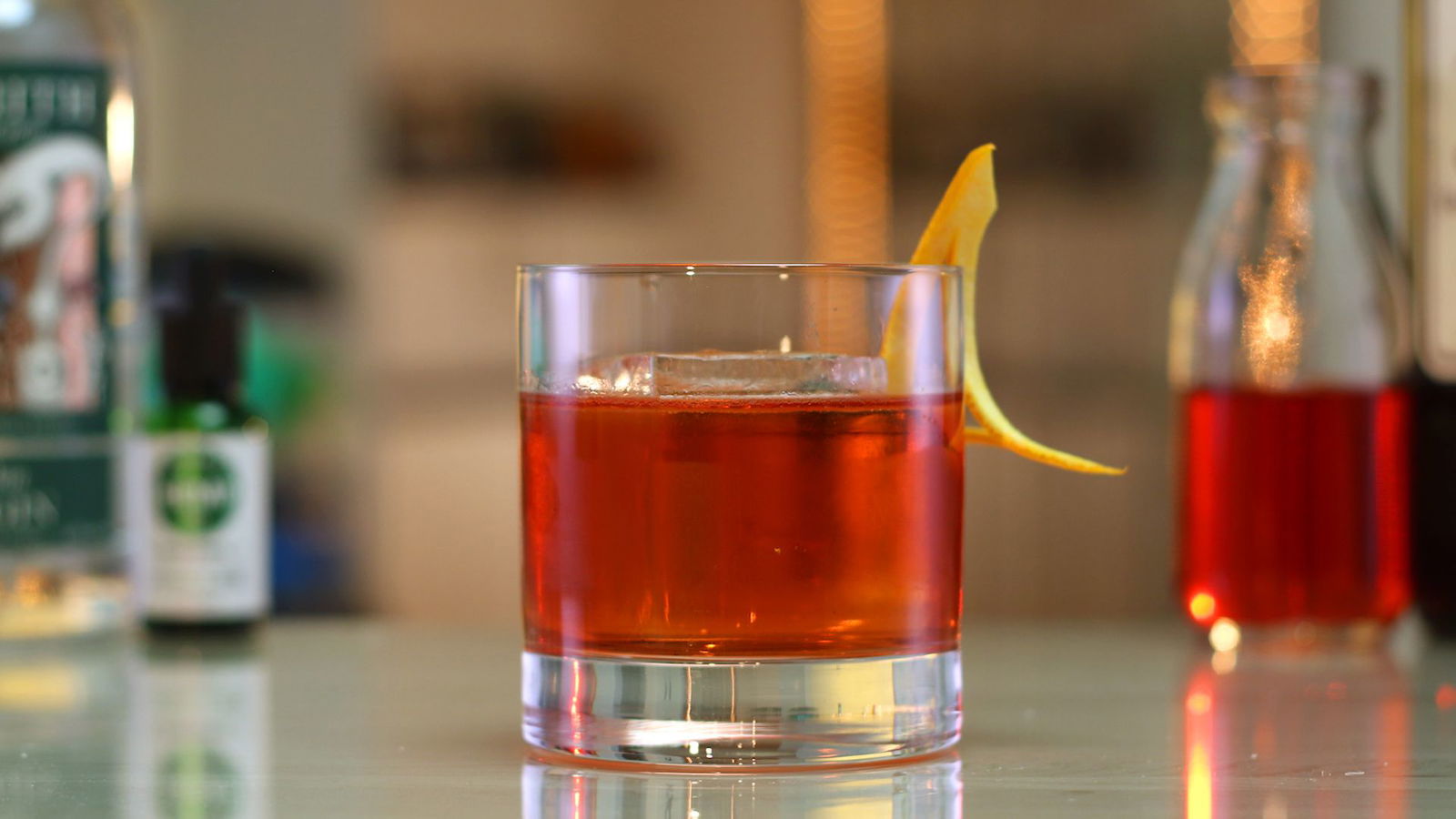 8. THE GARDENER'S DAUGHTER
8. THE GARDENER'S DAUGHTER
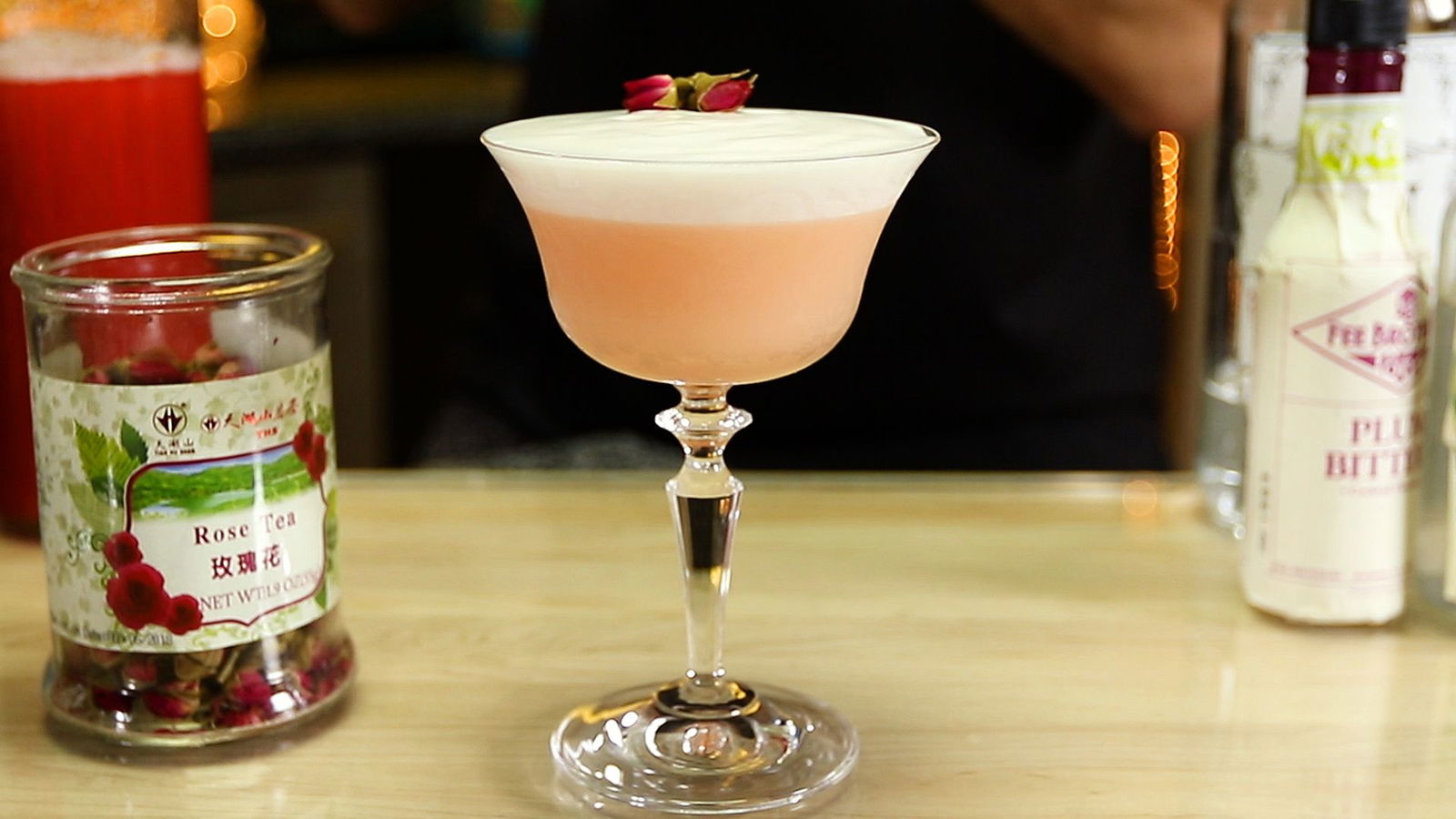 9. THE FROZEN RAMOS GIN FIZZ
9. THE FROZEN RAMOS GIN FIZZ
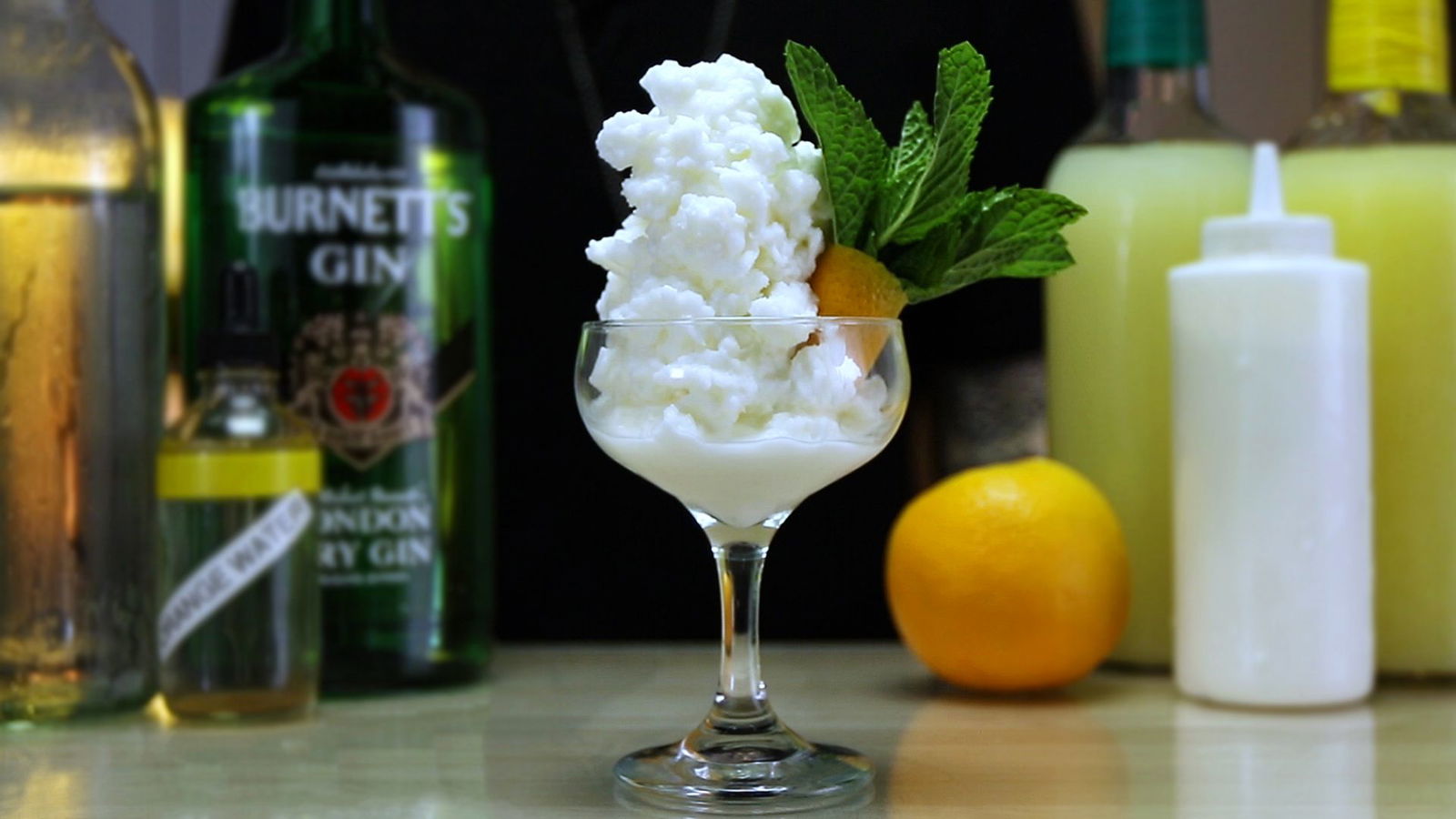
GIFS: Giphy

Independence Day Drinks
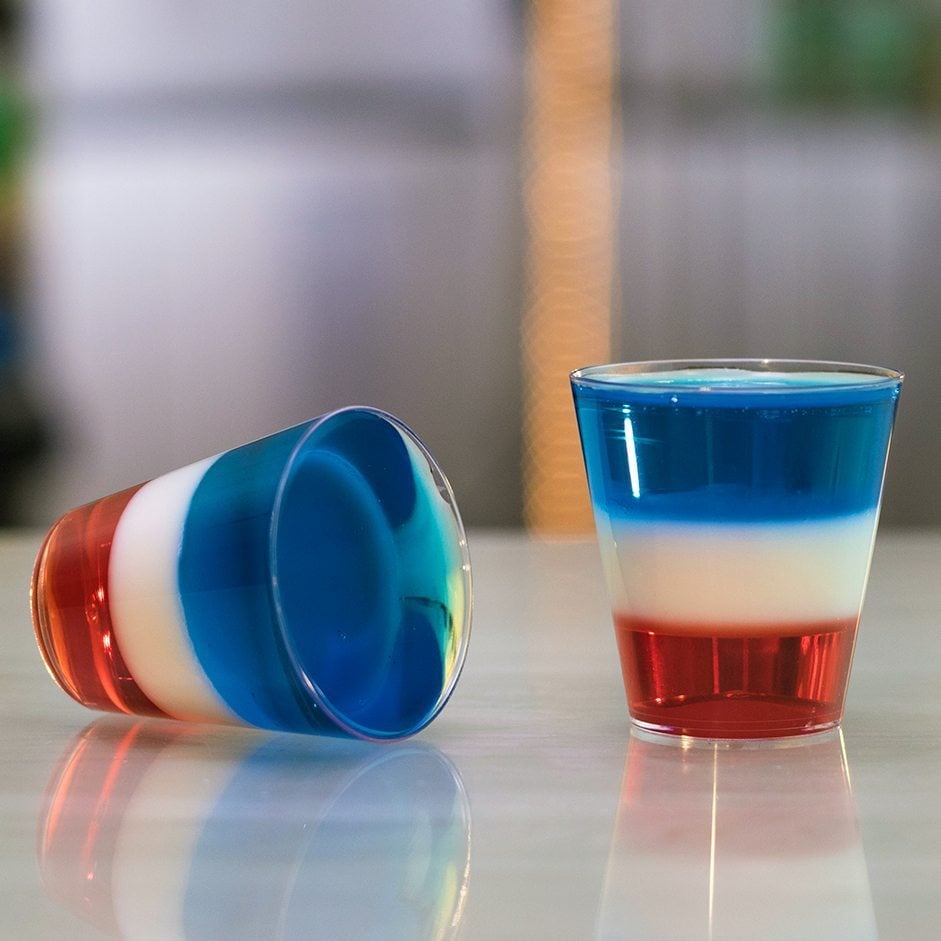
4th Of July All American Jello Shots

4th Of July Cake Vodka Milkshake

4th Of July Diversity Bomb Shot
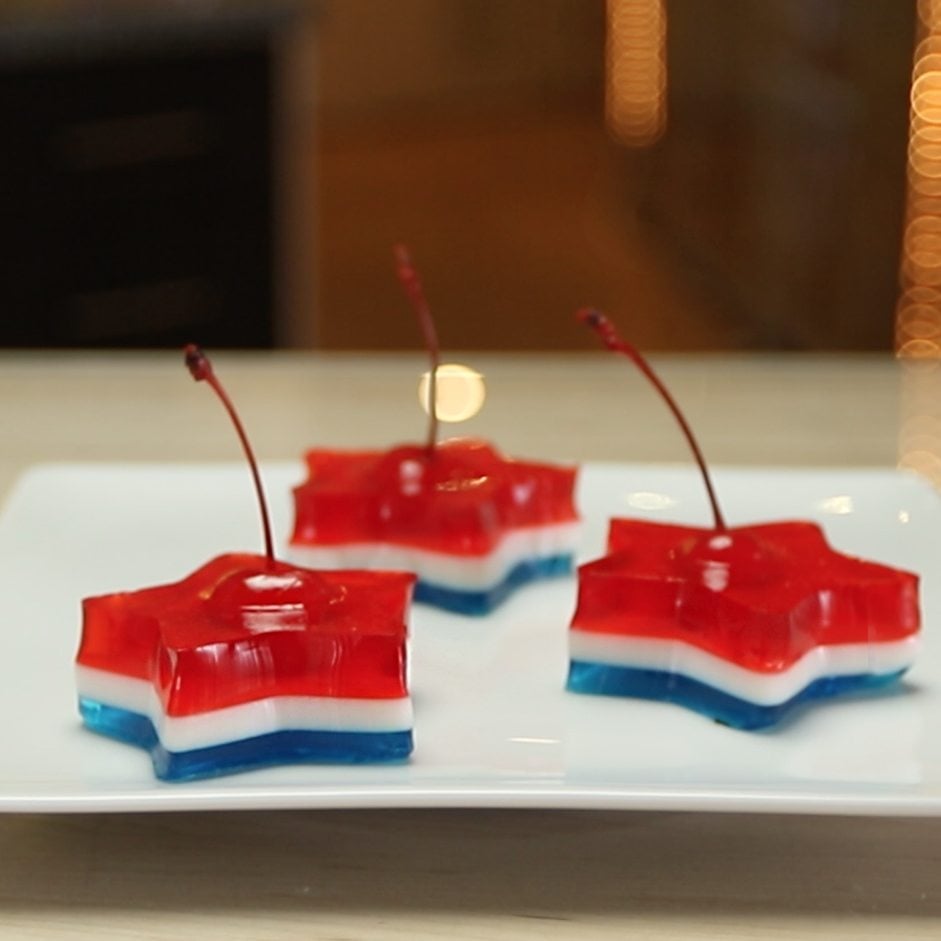
4th Of July Jello Shots
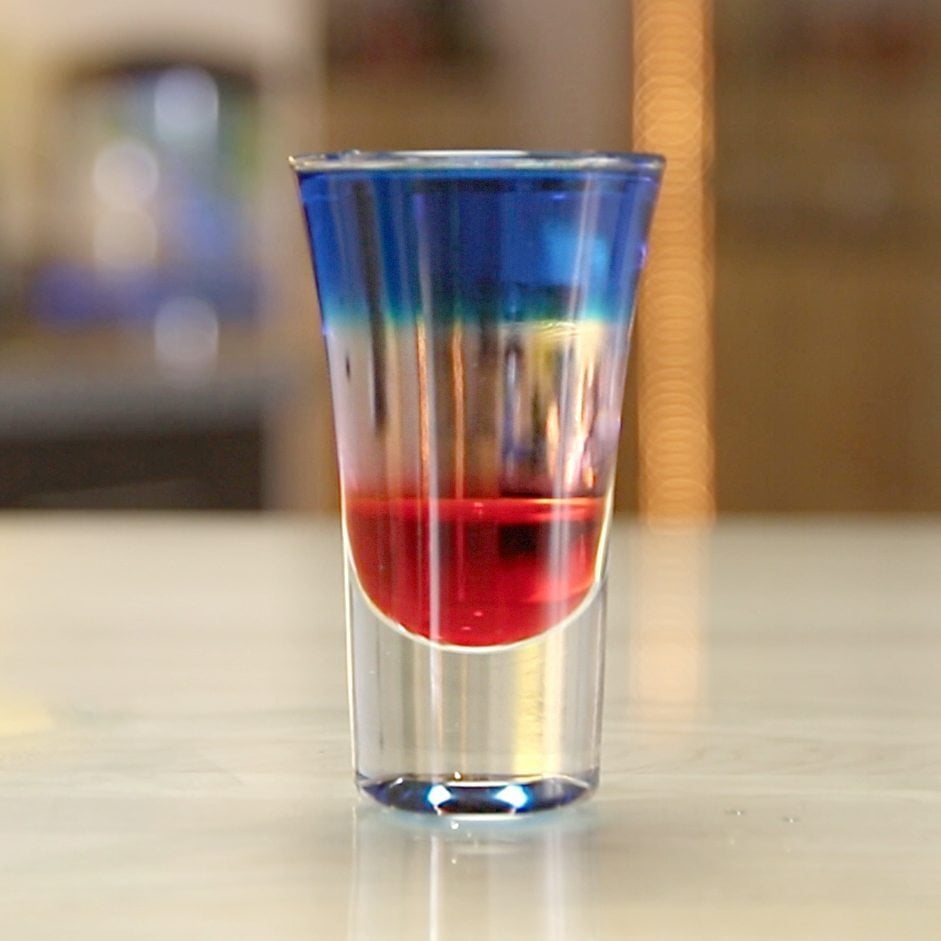
4th Of July Layered Shots
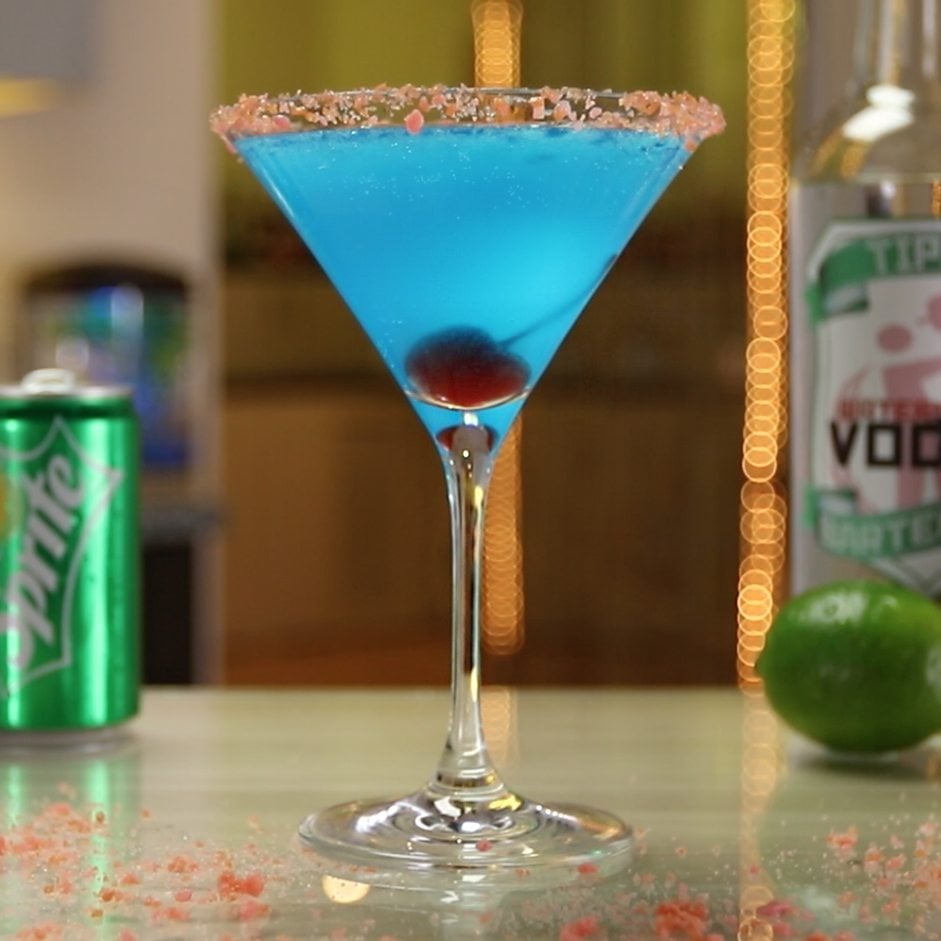
4th Of July Pop Rocks Martini
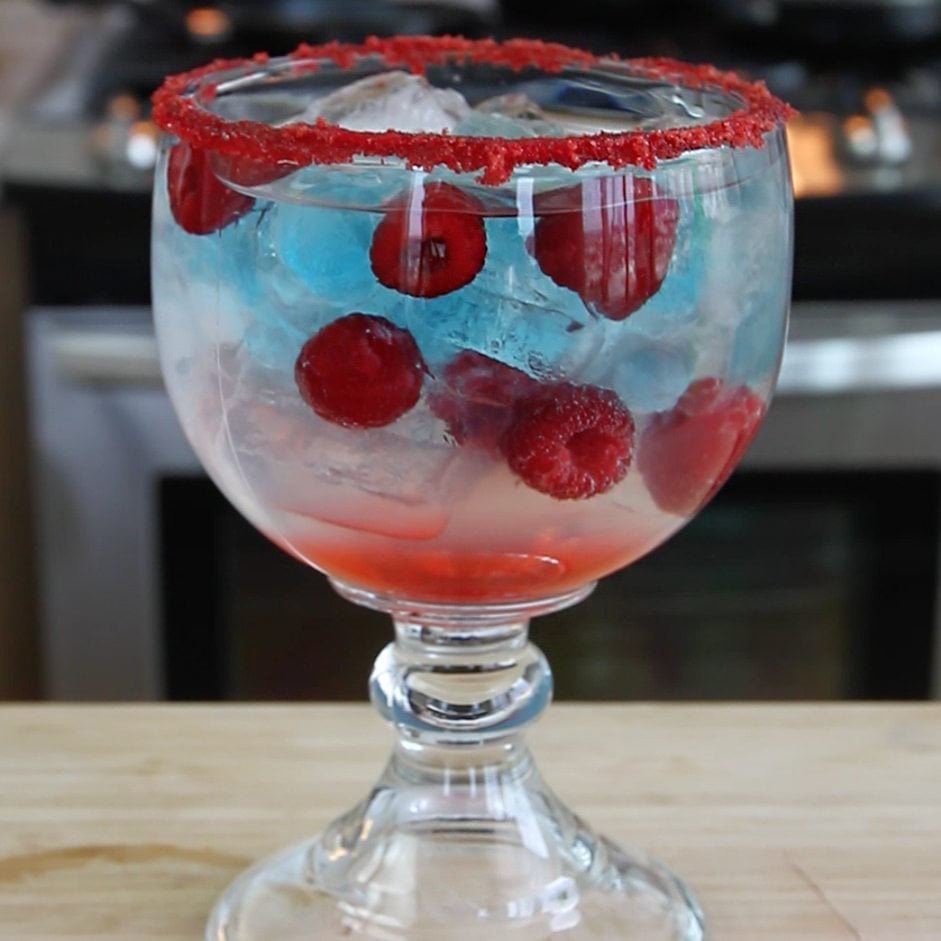
4th Of July Raspberry America
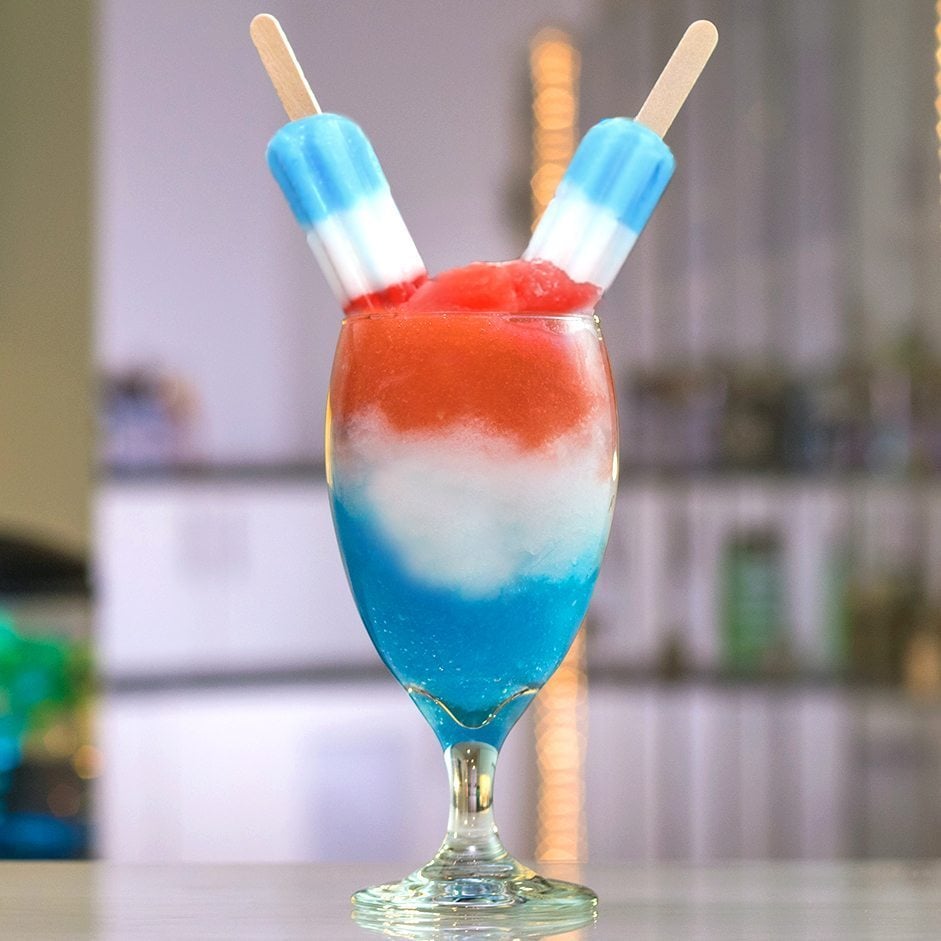
4th Of July Spiked Bomb Pops
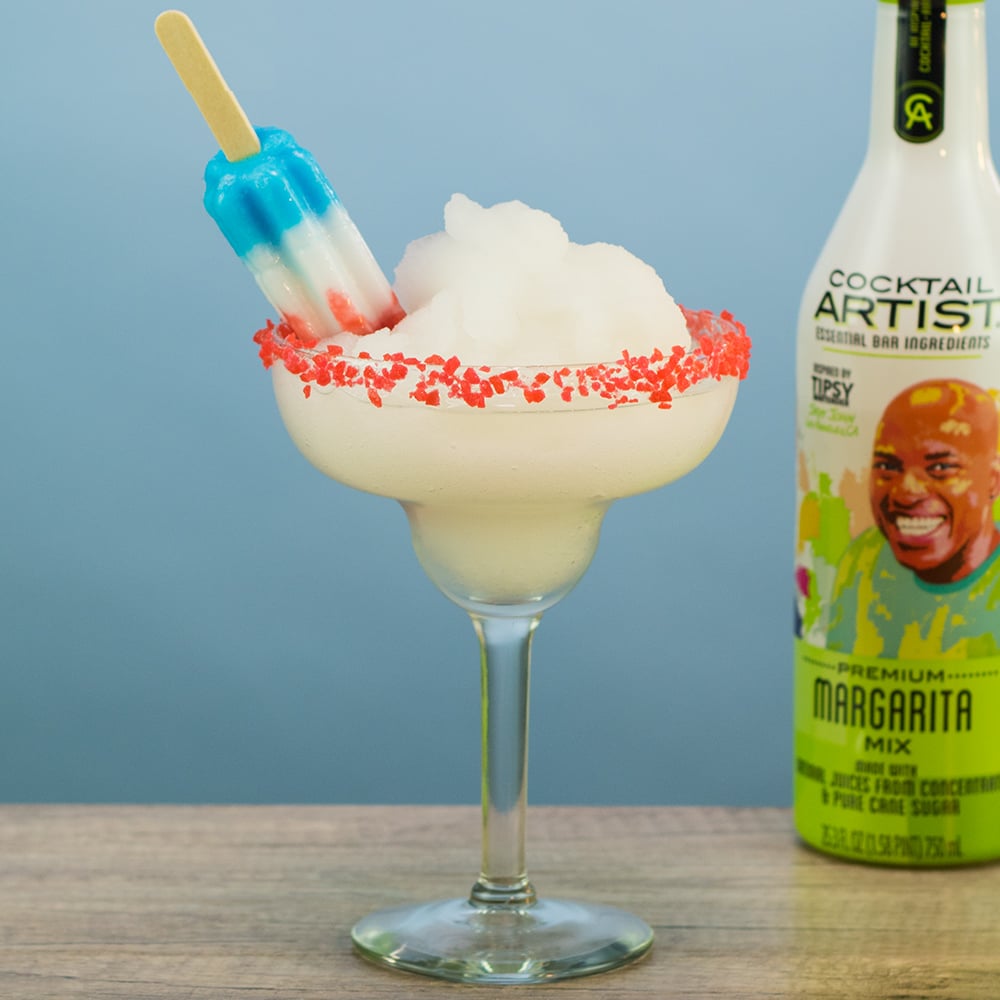
4th July Popsicle Margarita
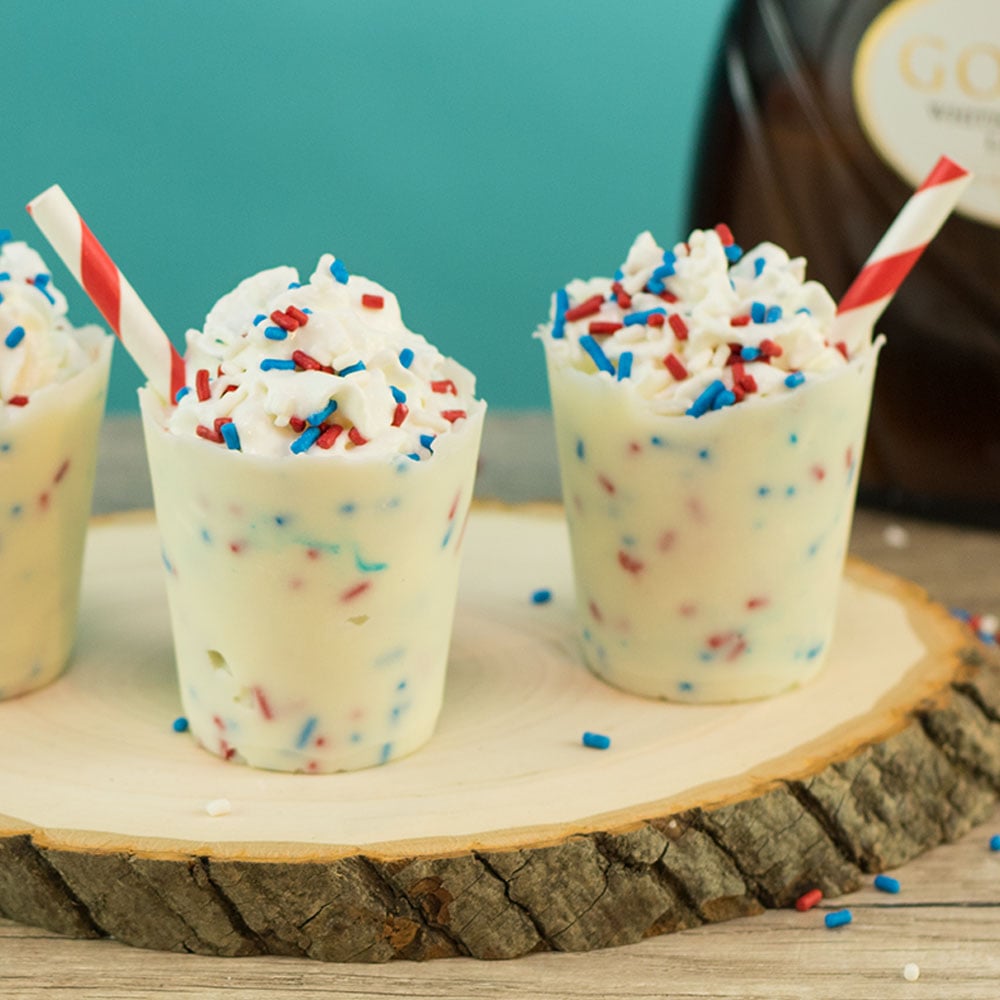
4th July Edible Shot Glasses
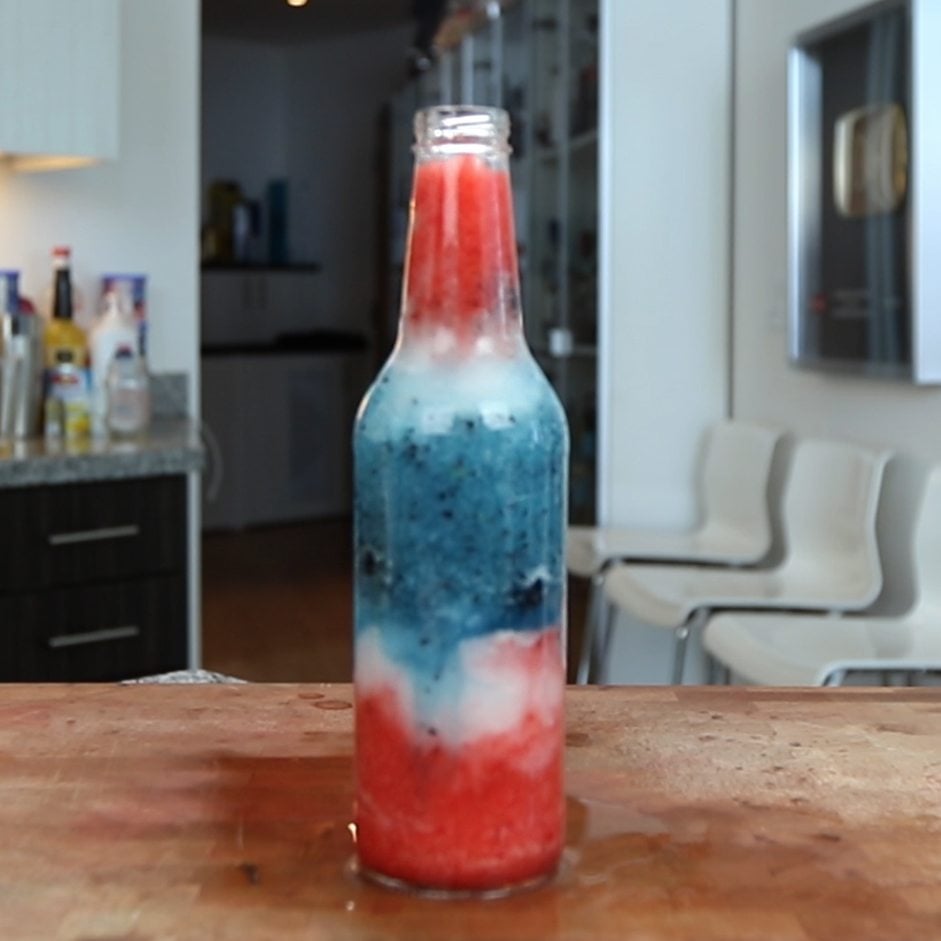
4th July In A Bottle
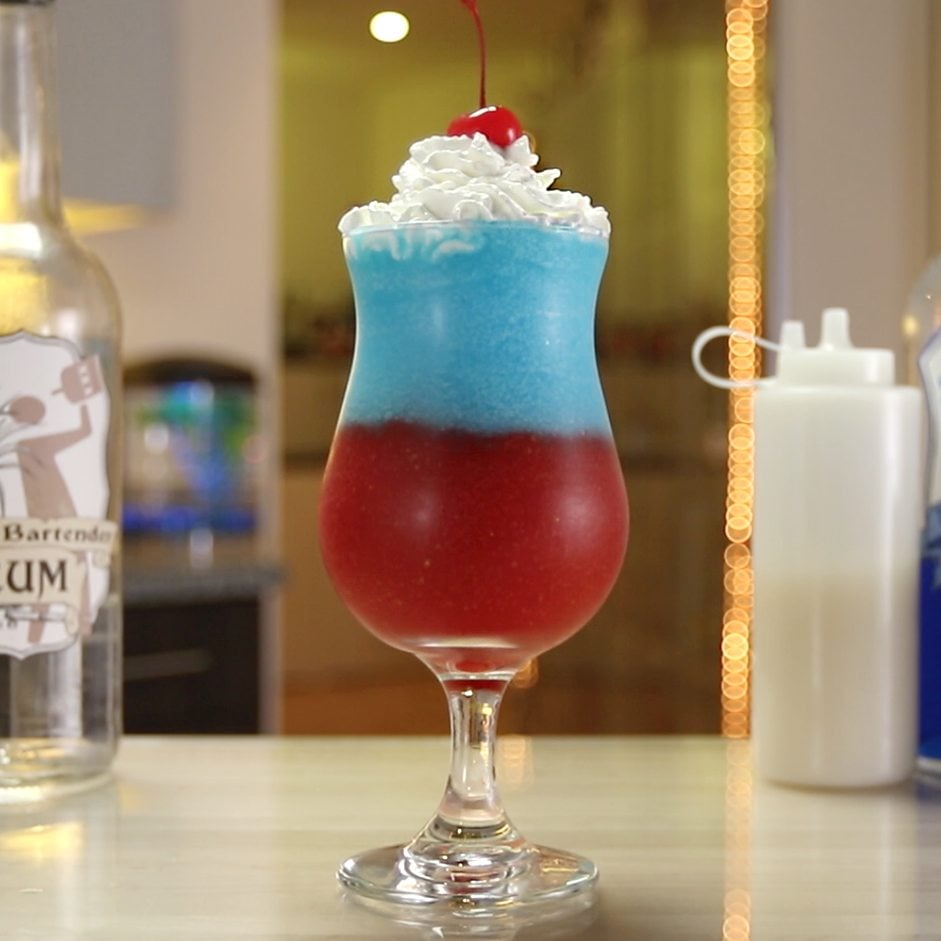
All American Daiquiri













